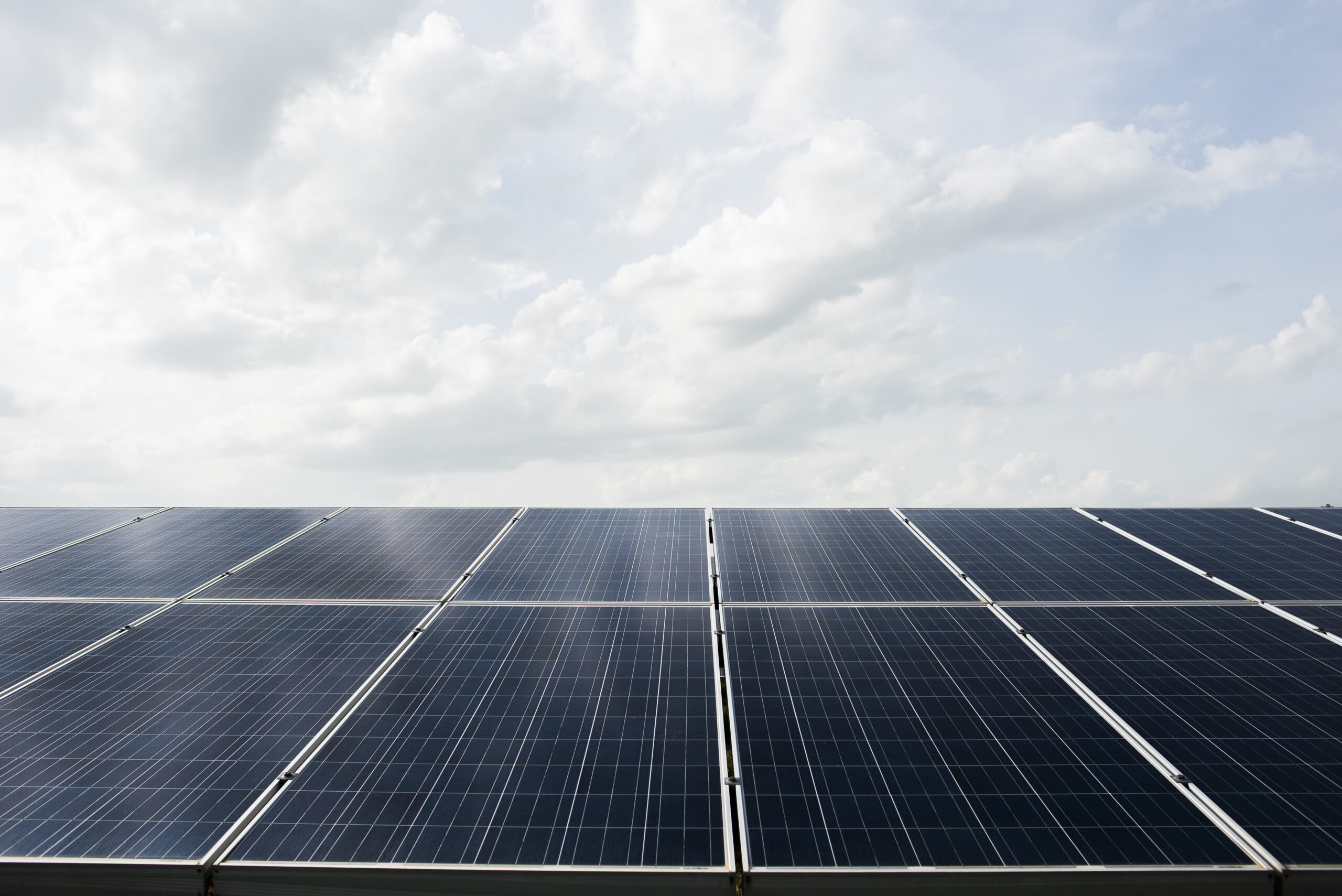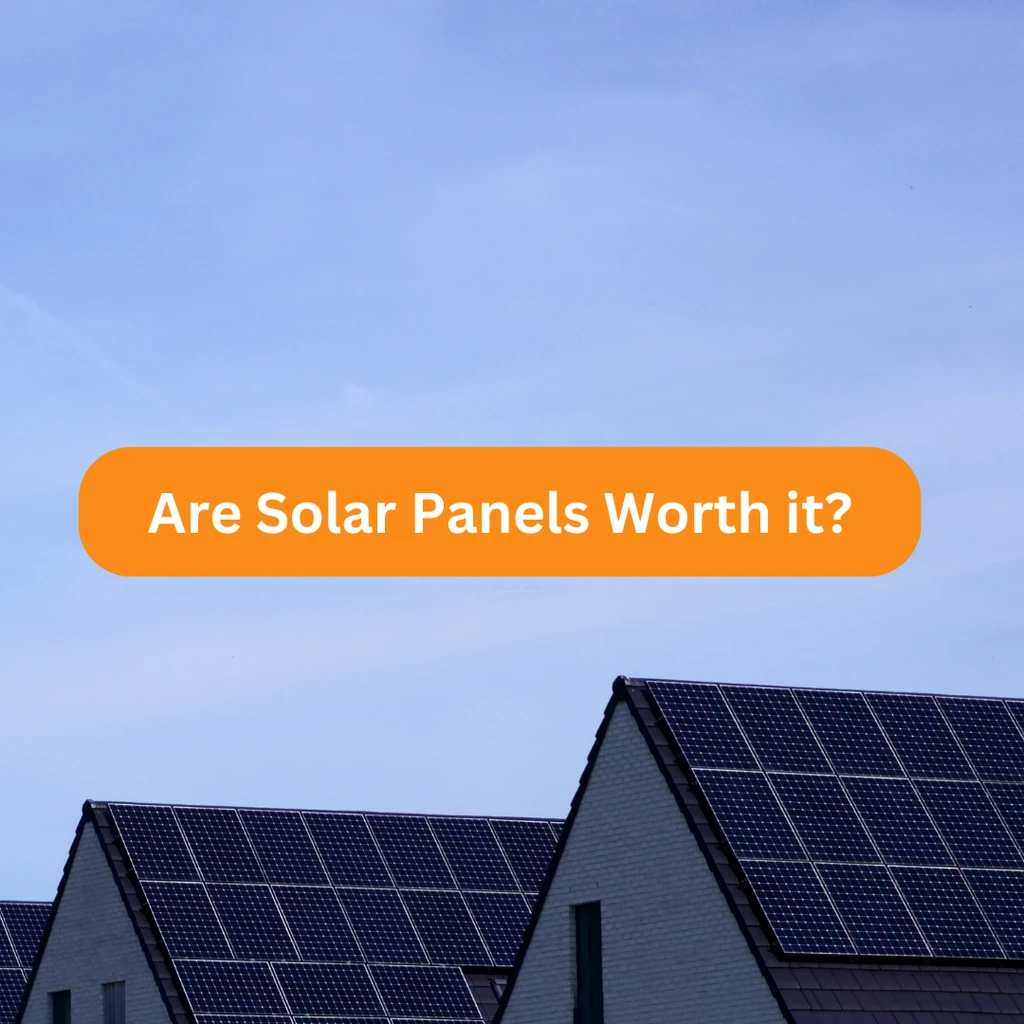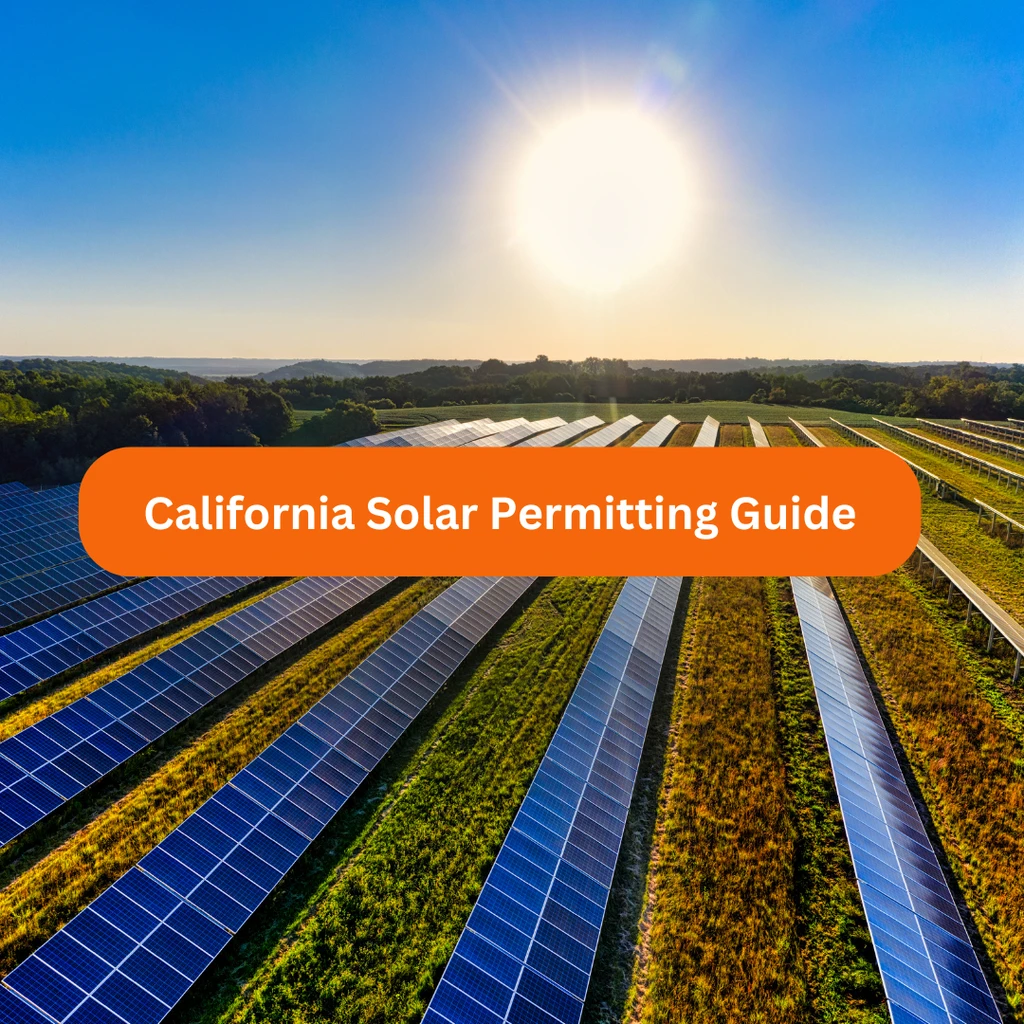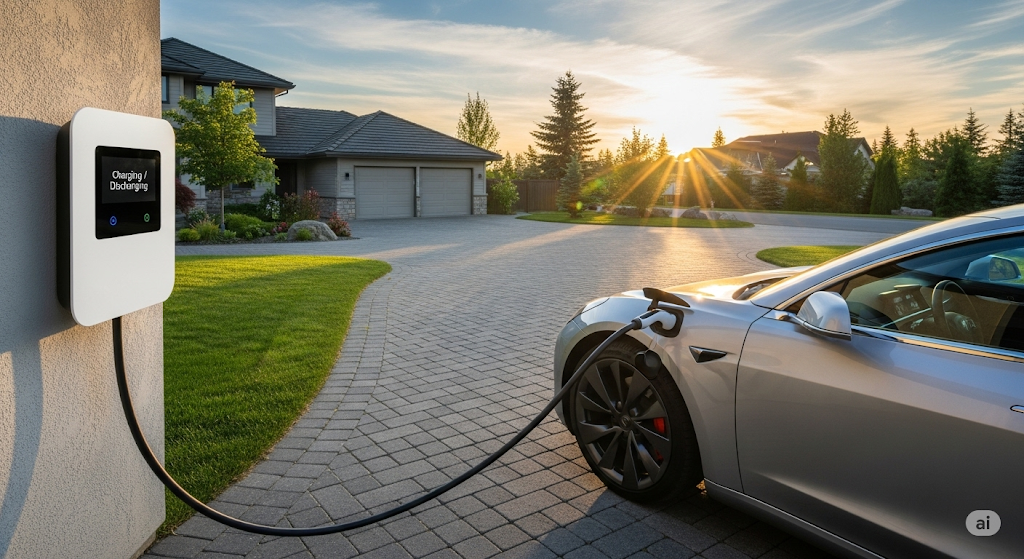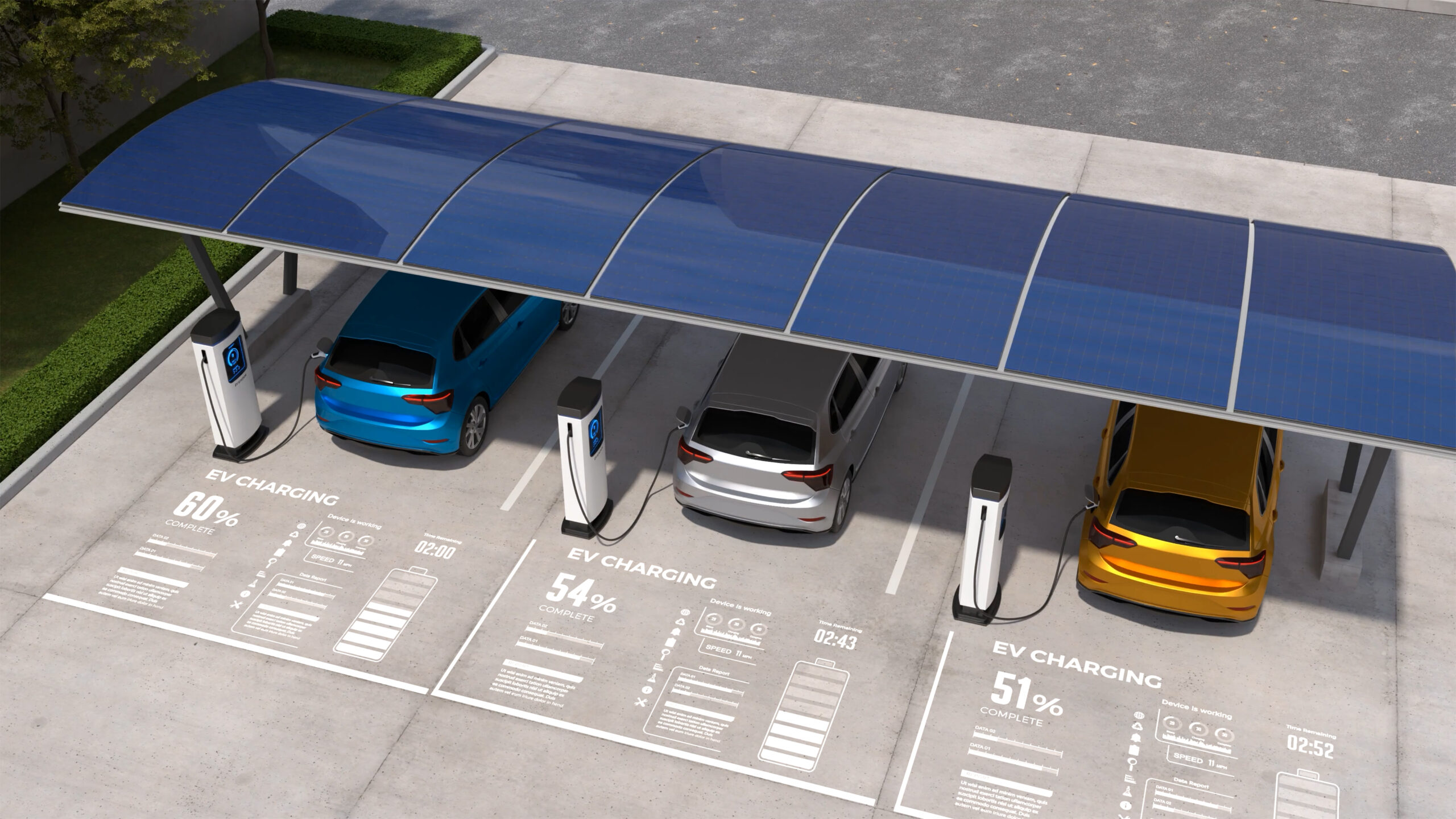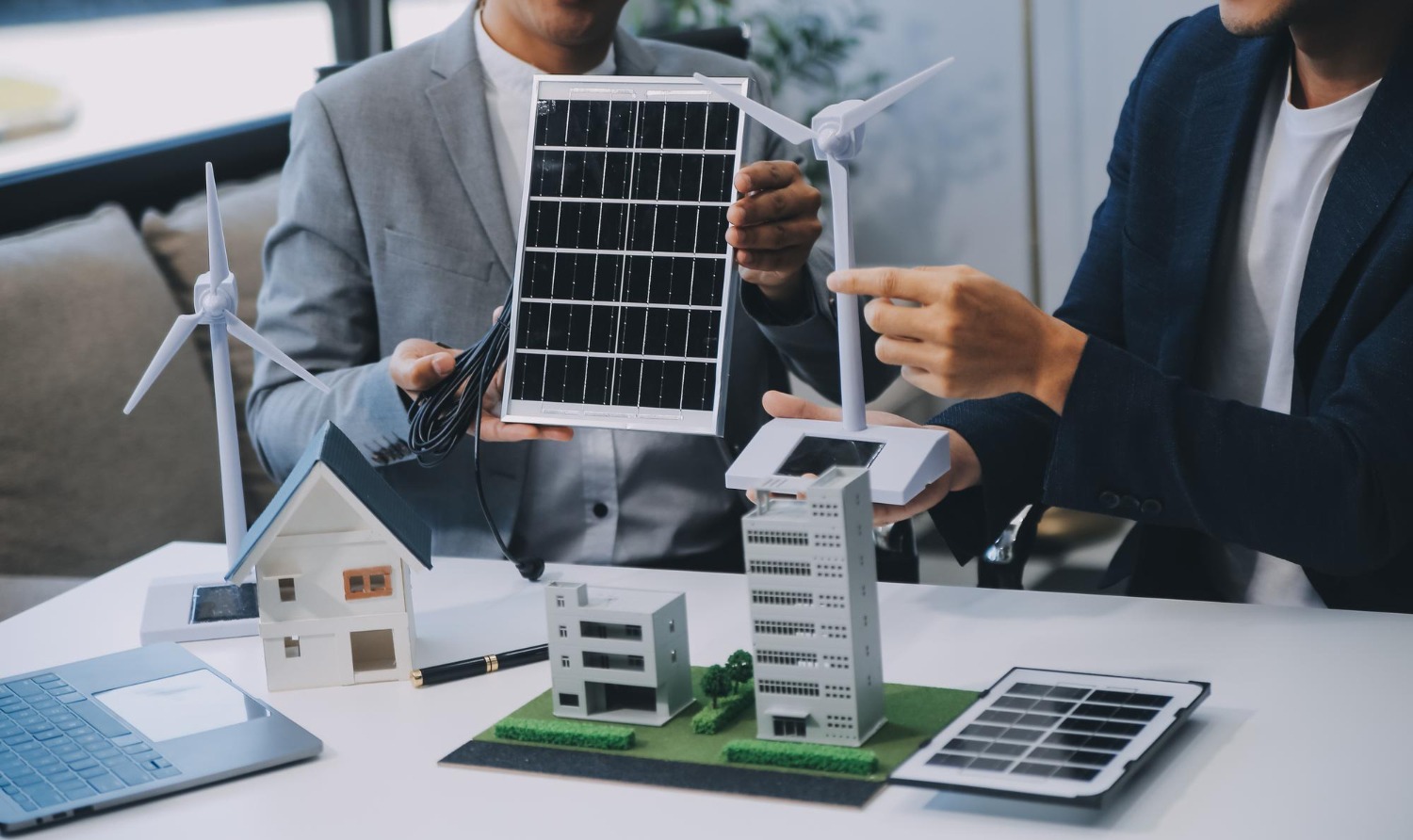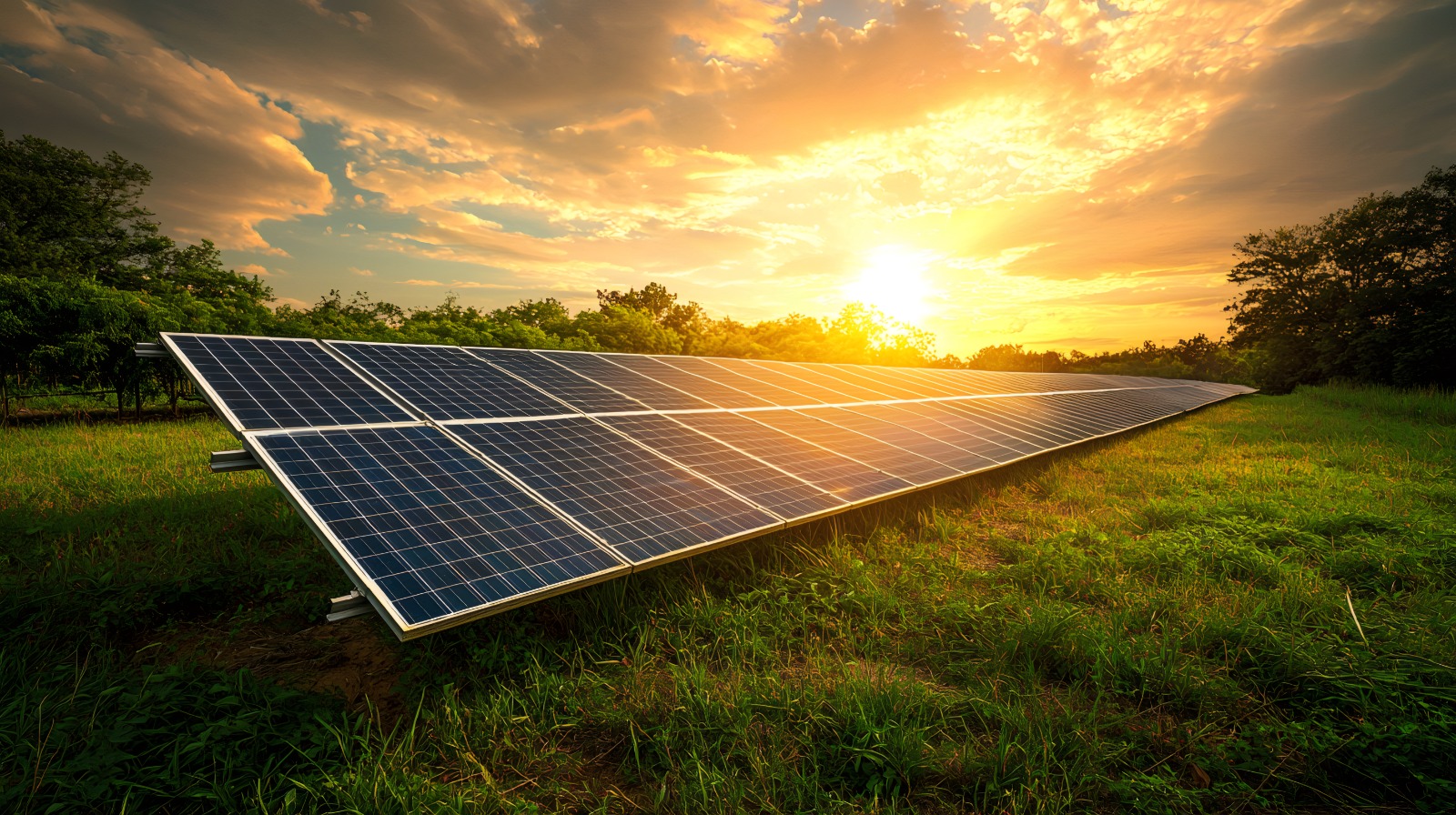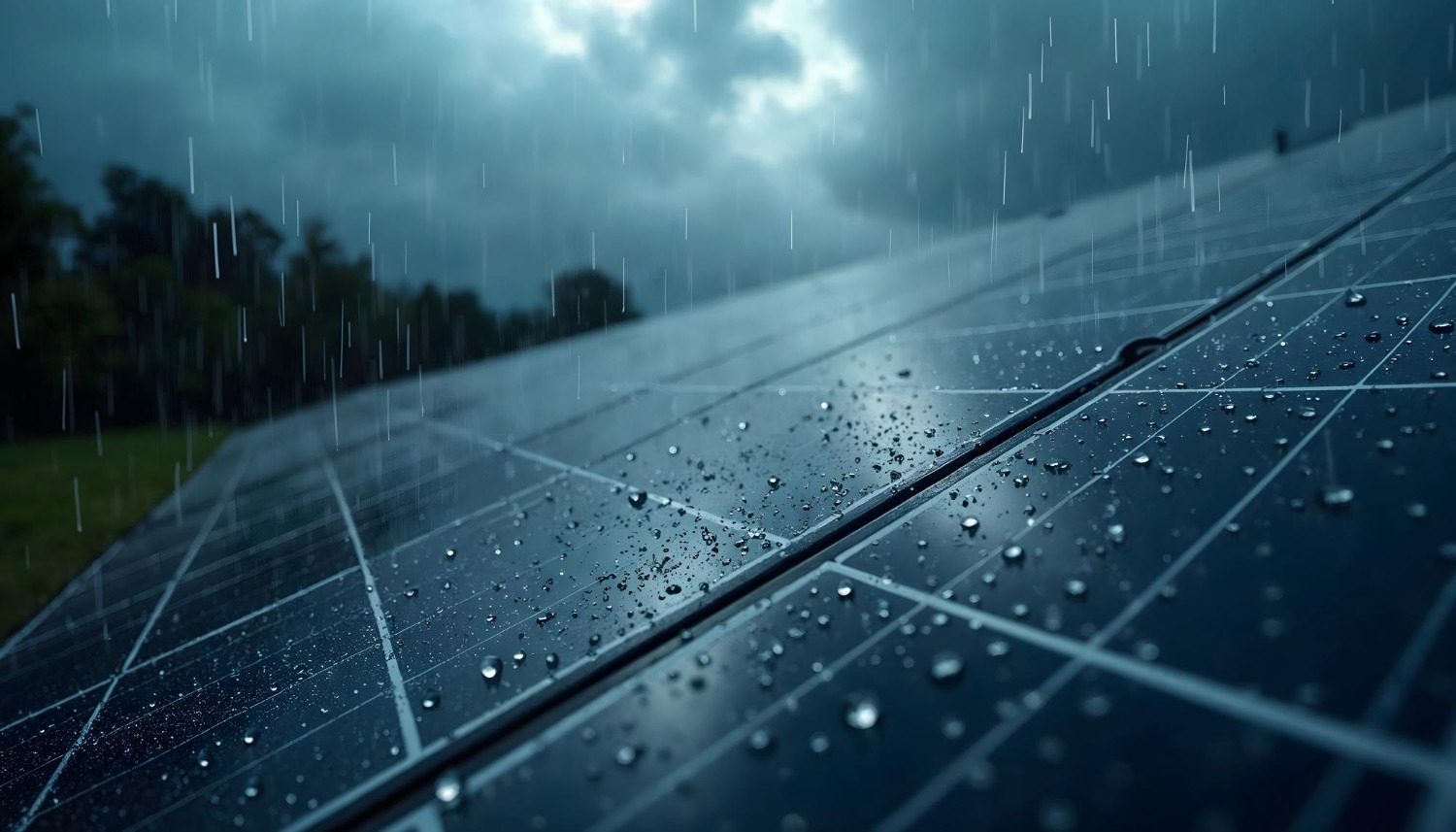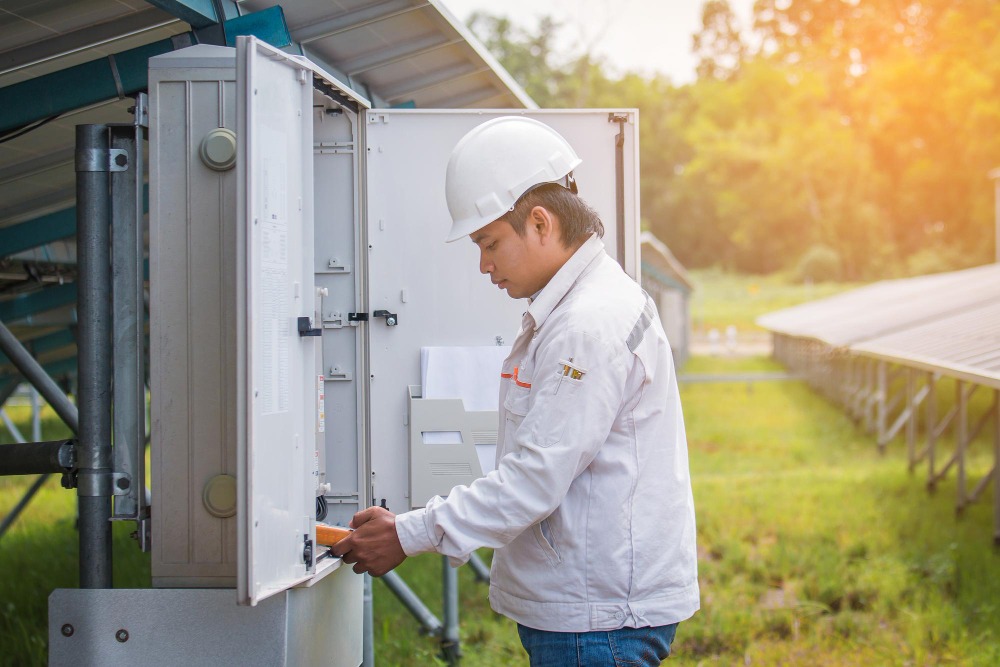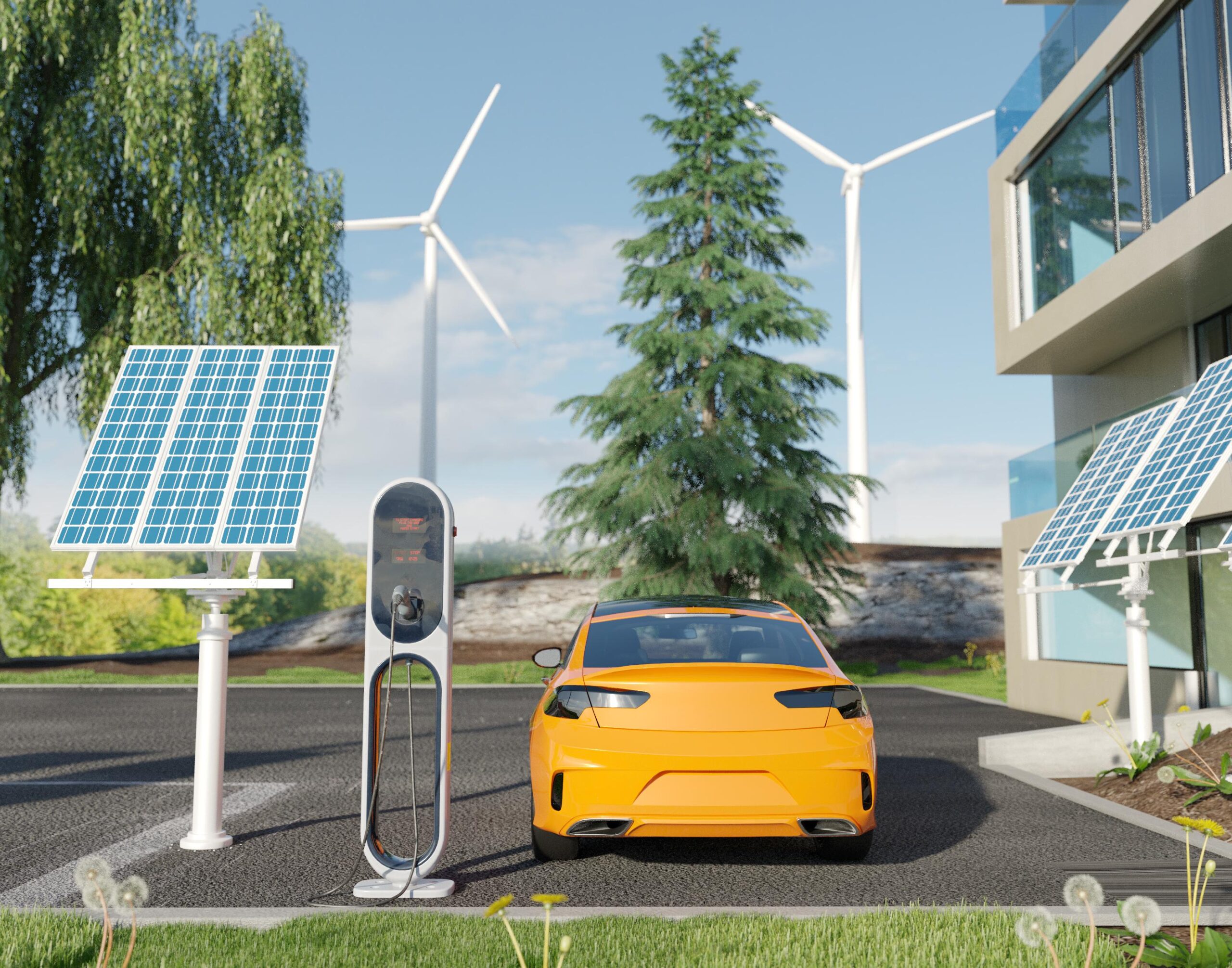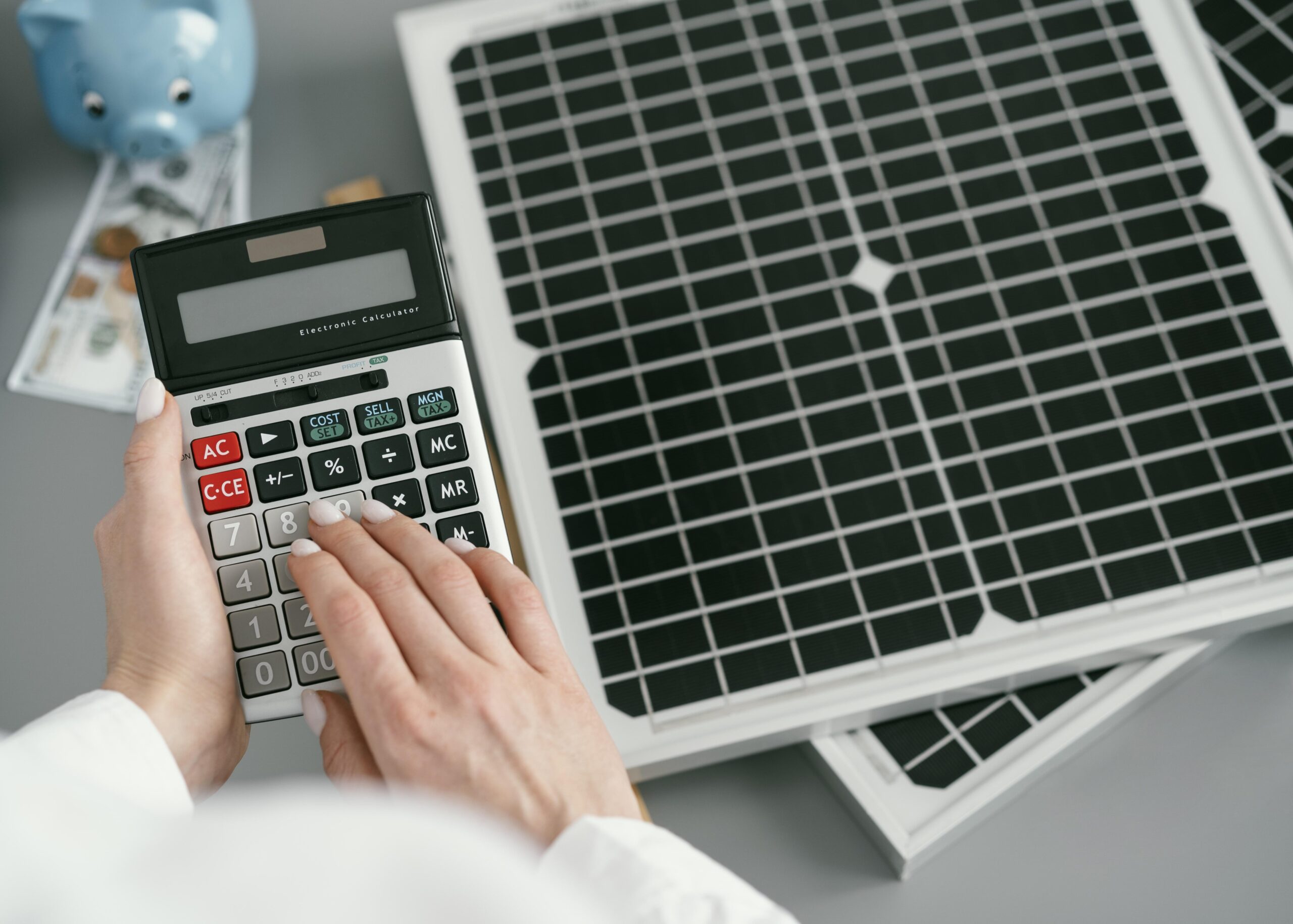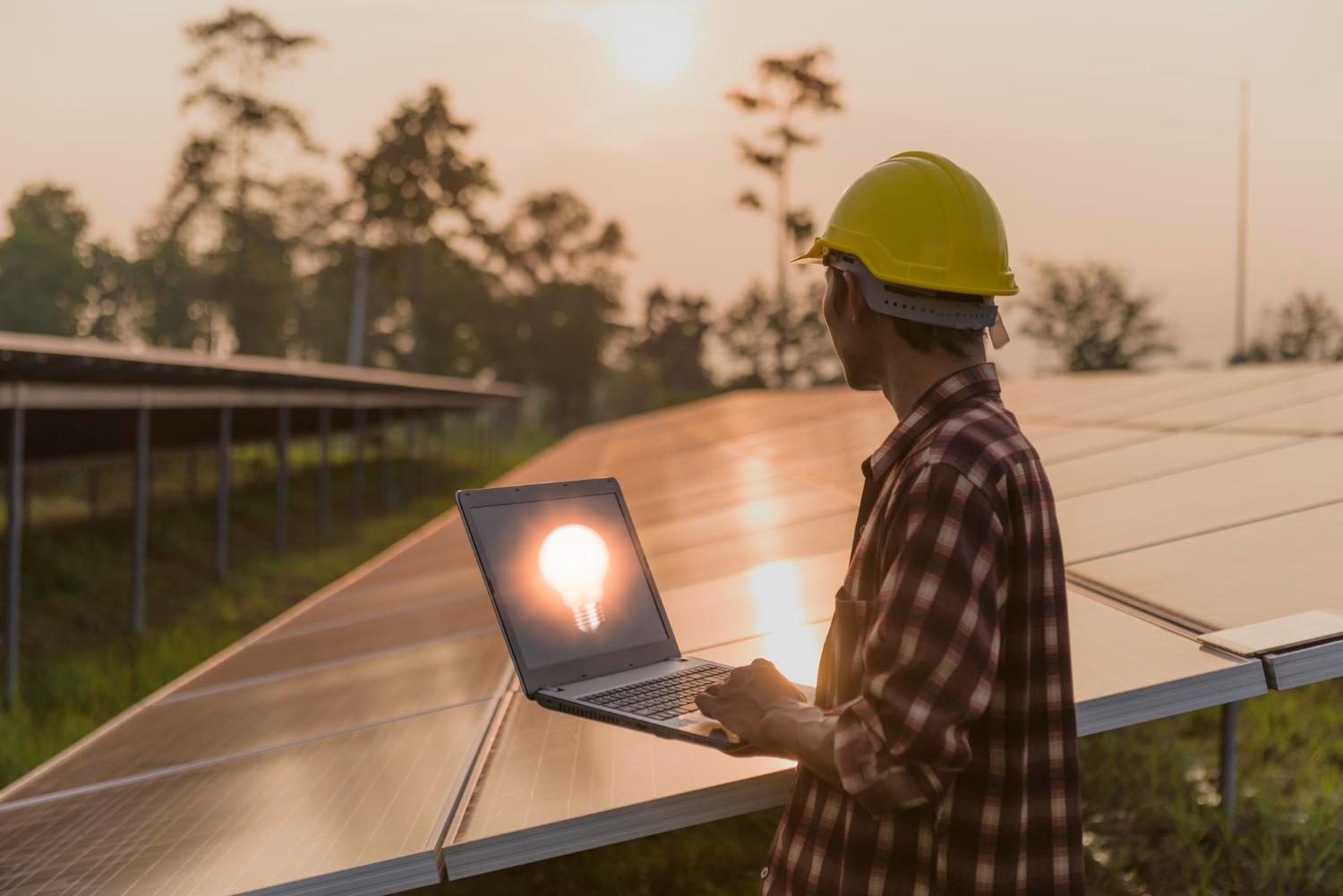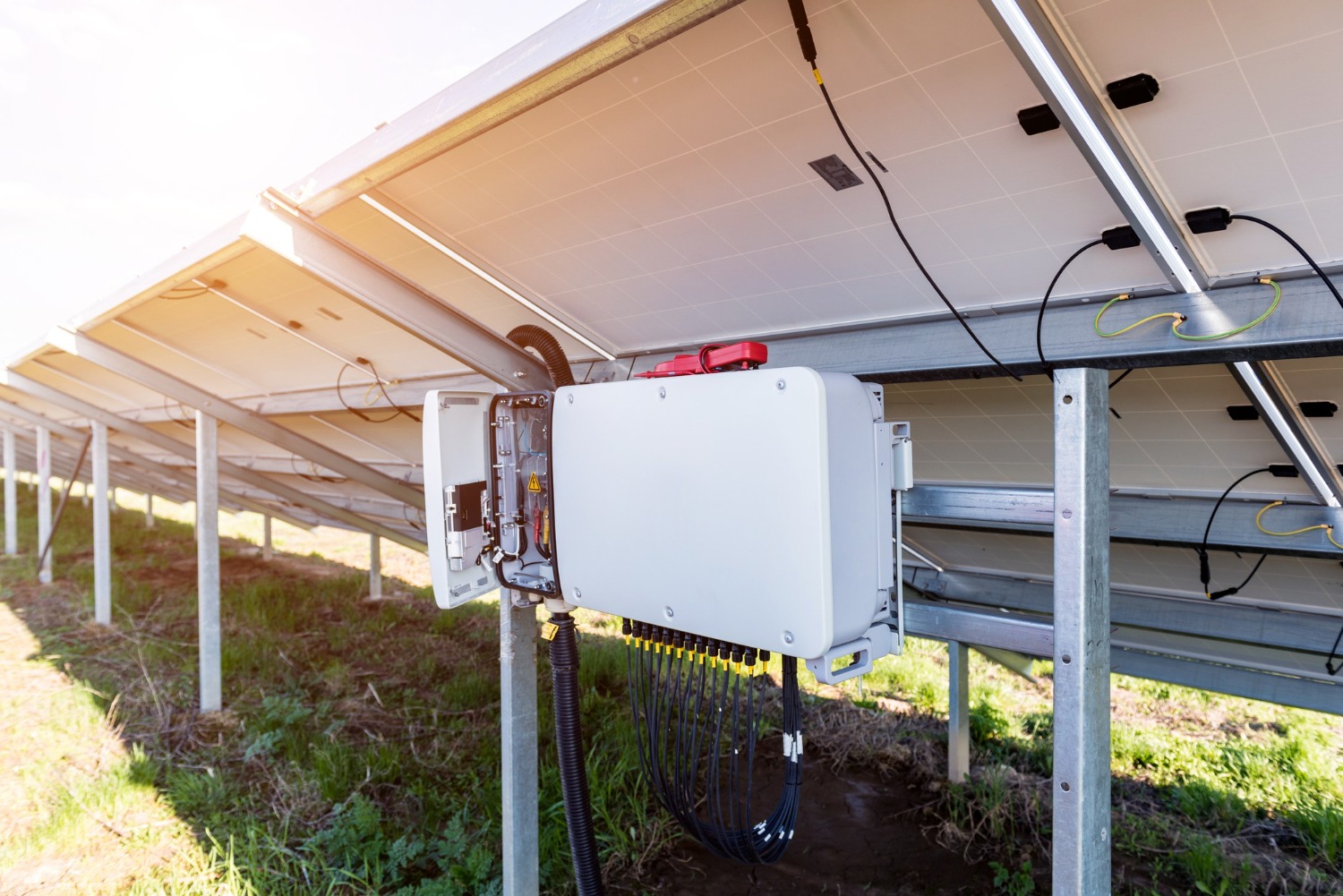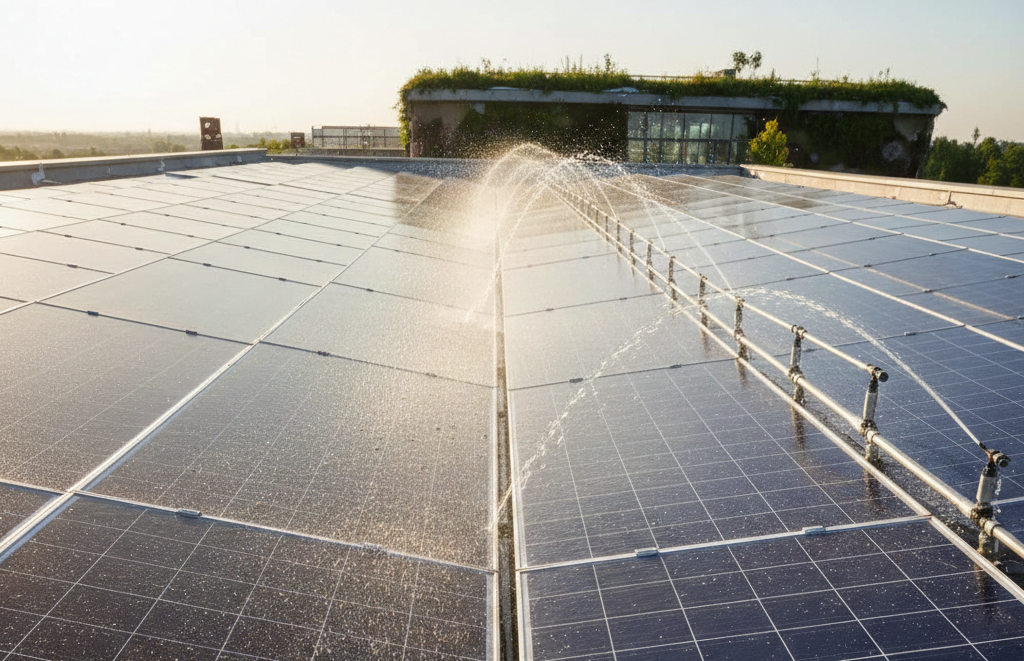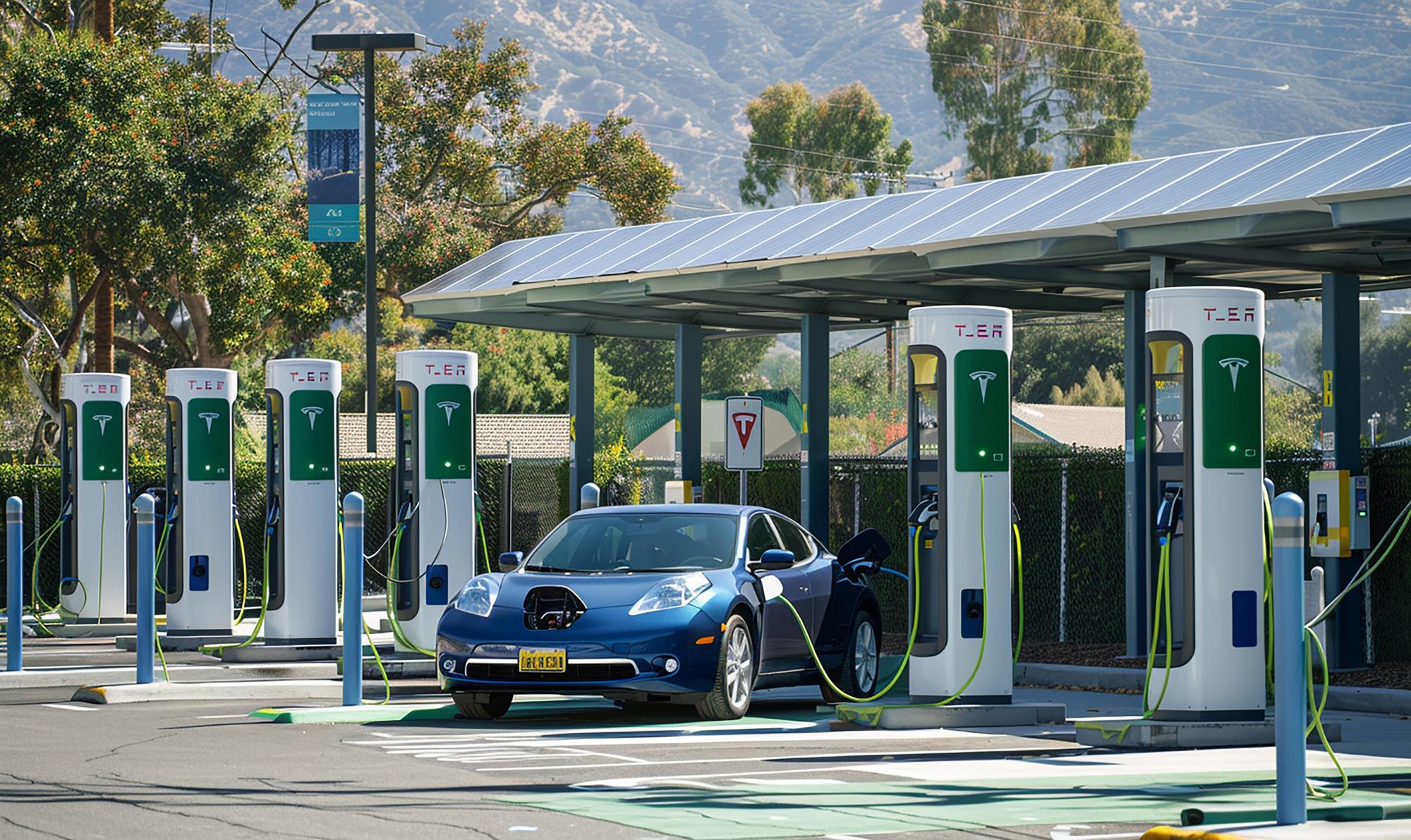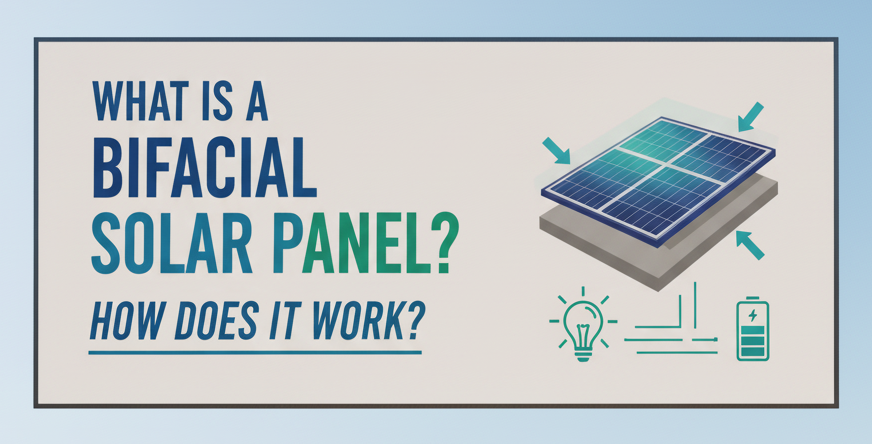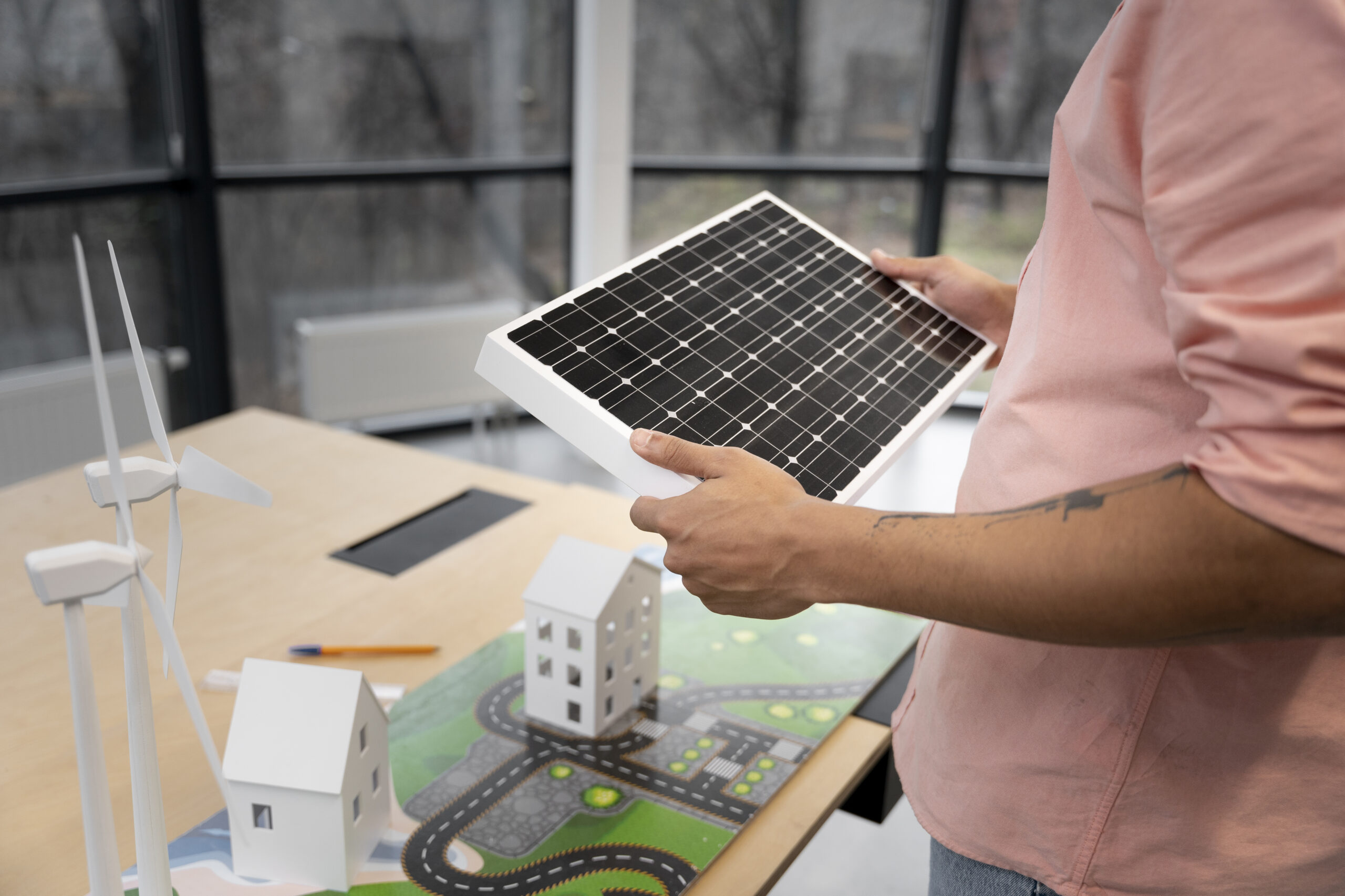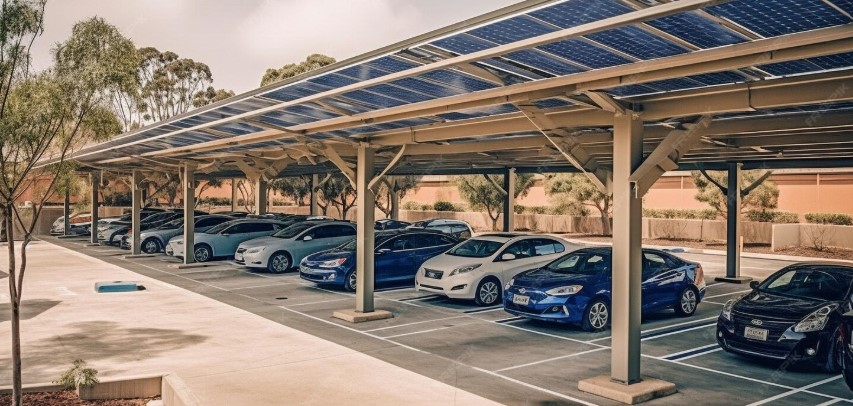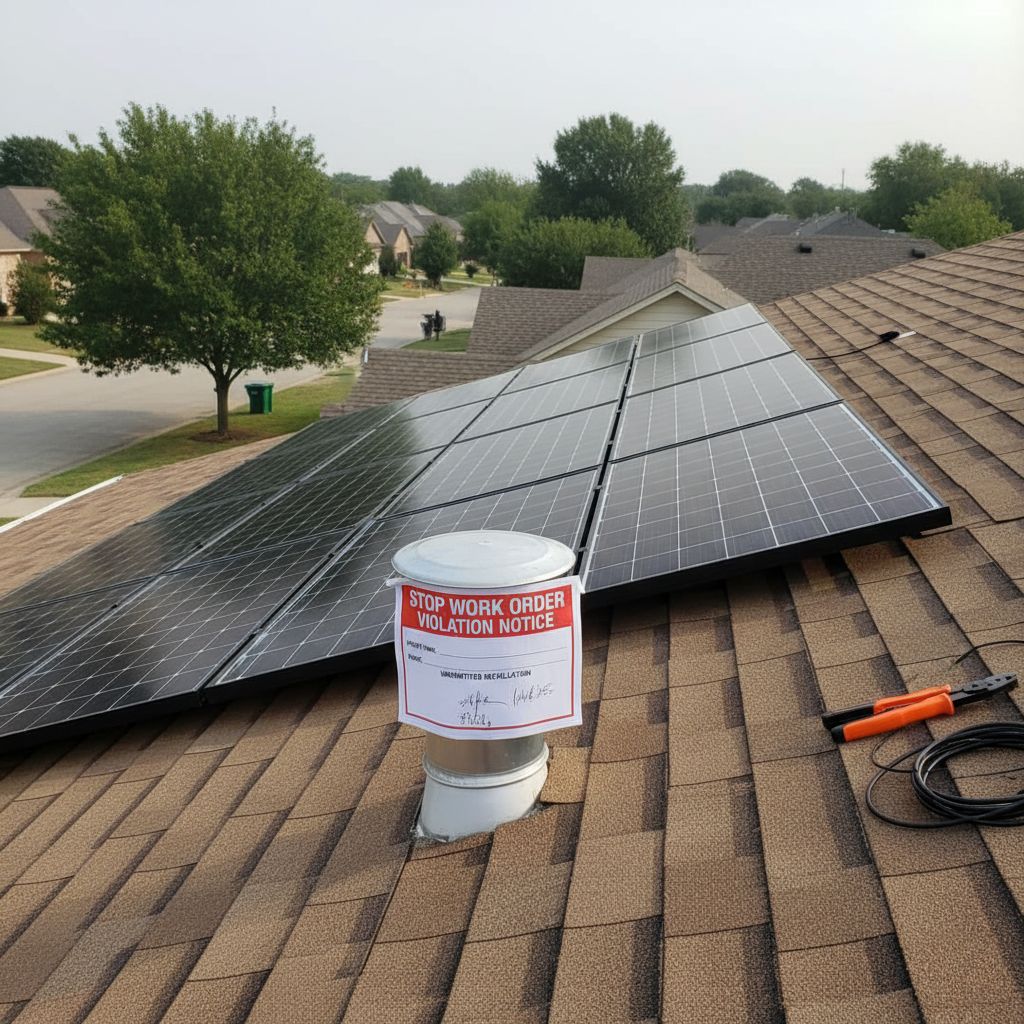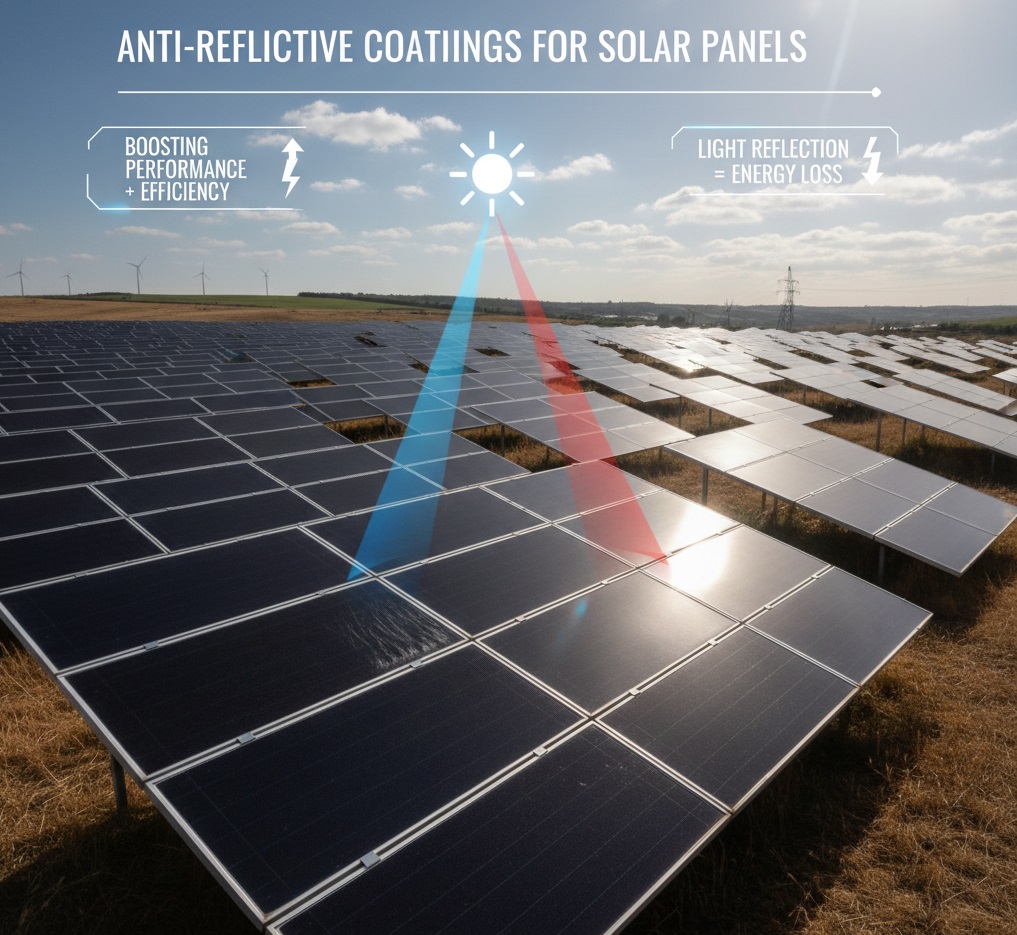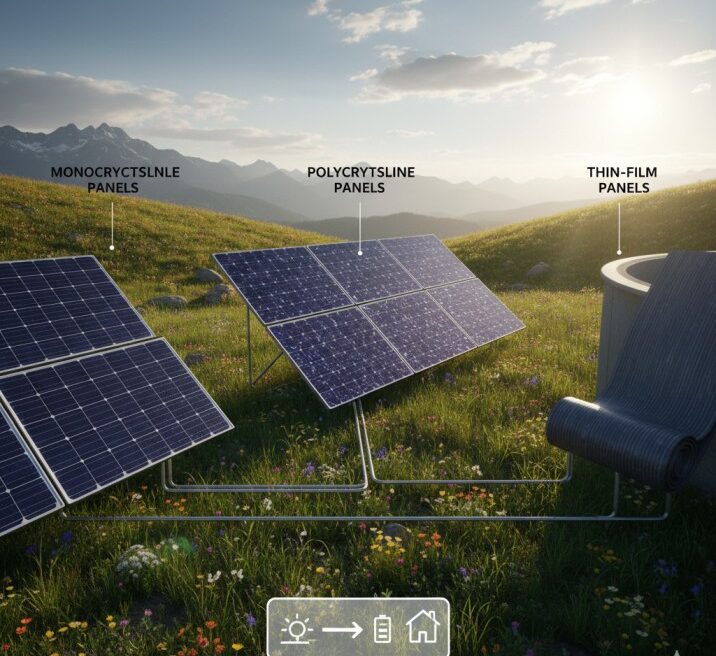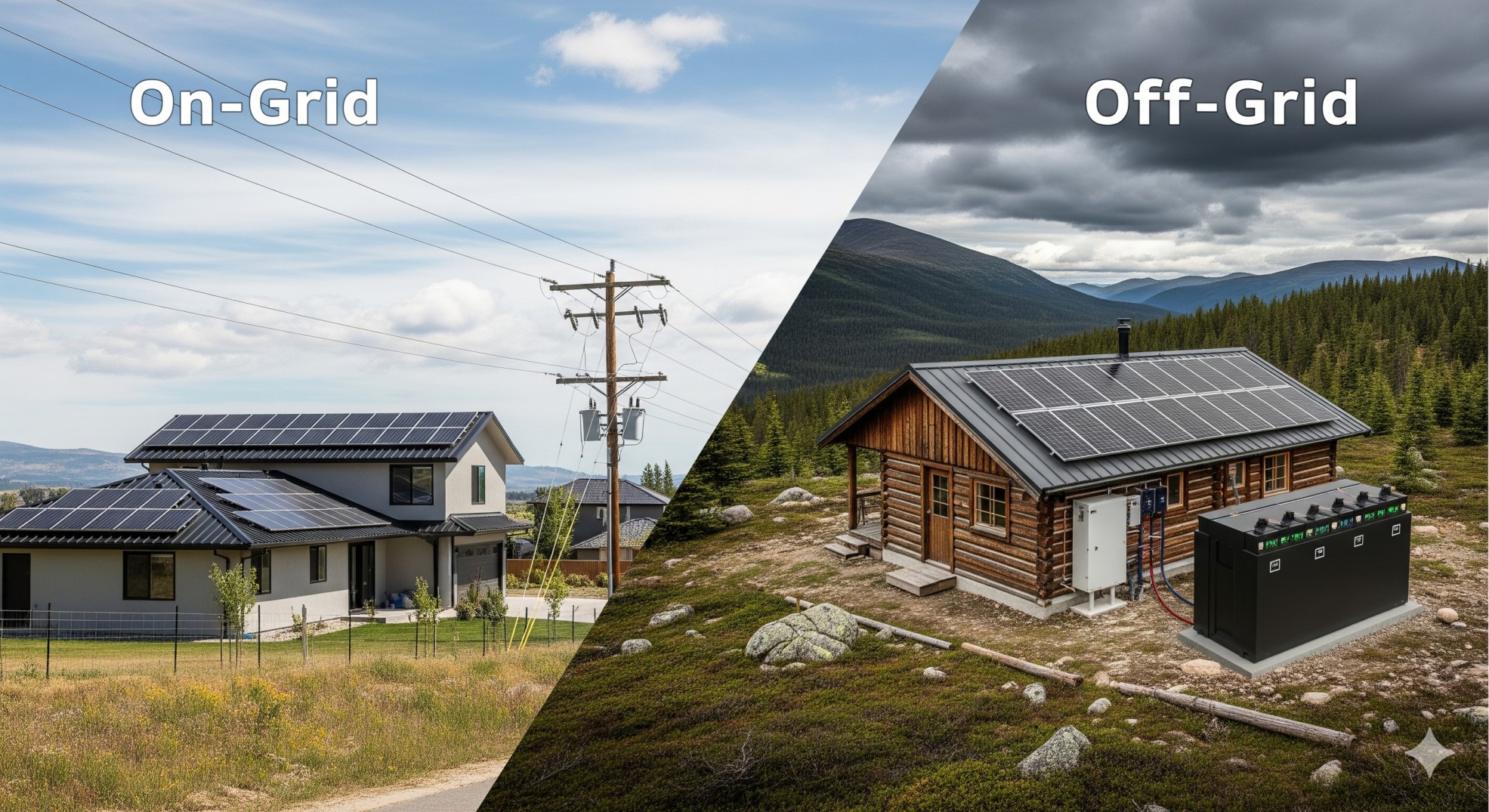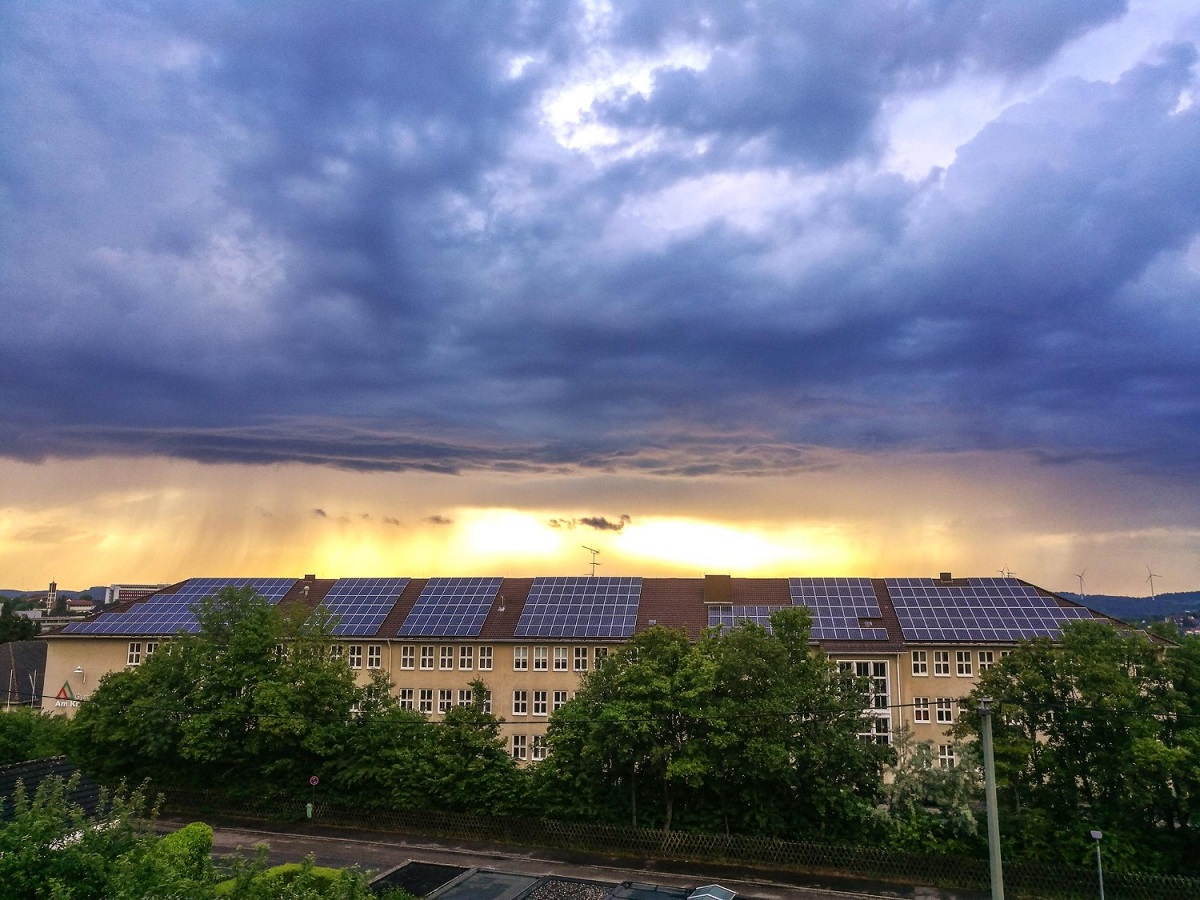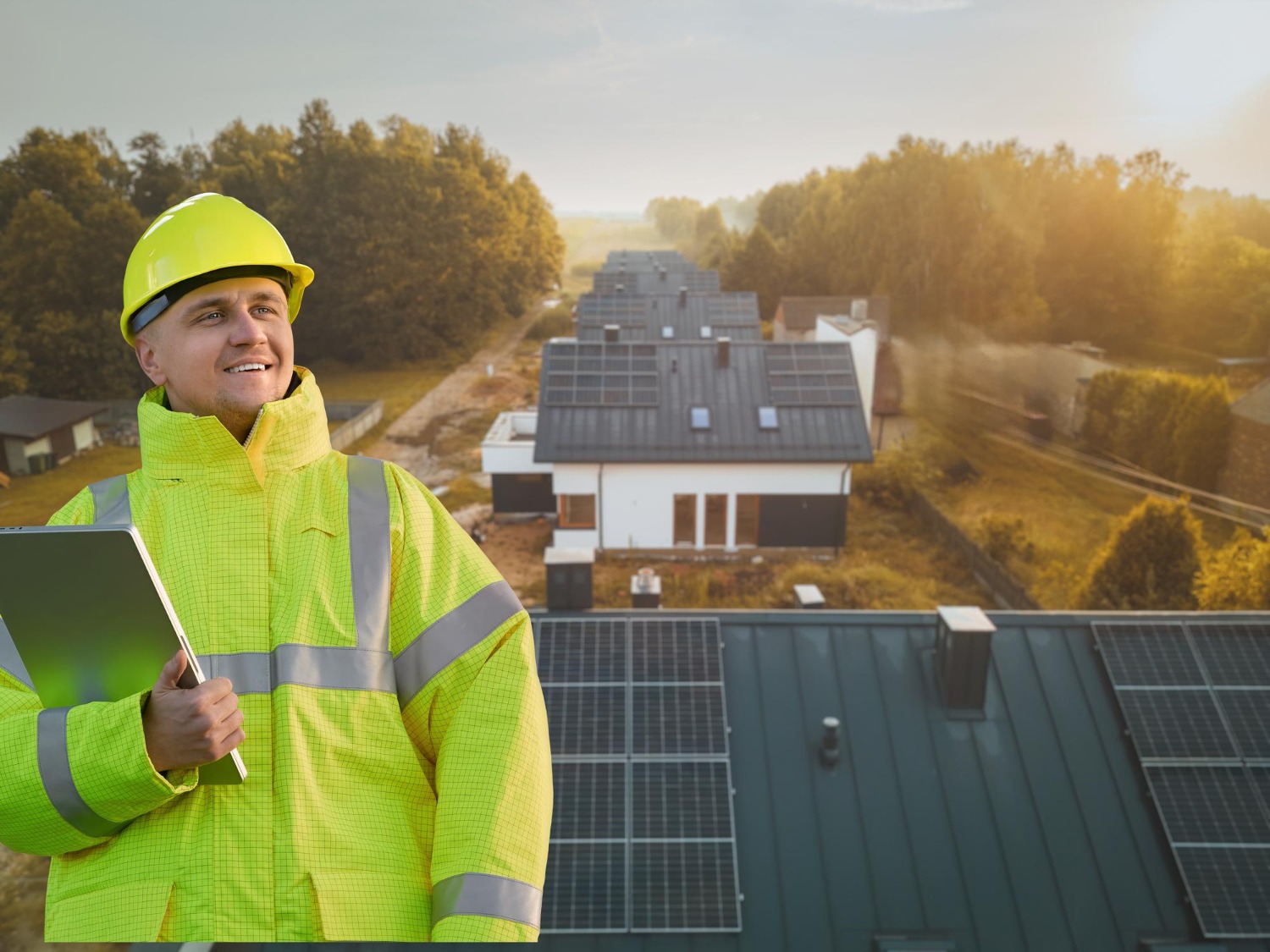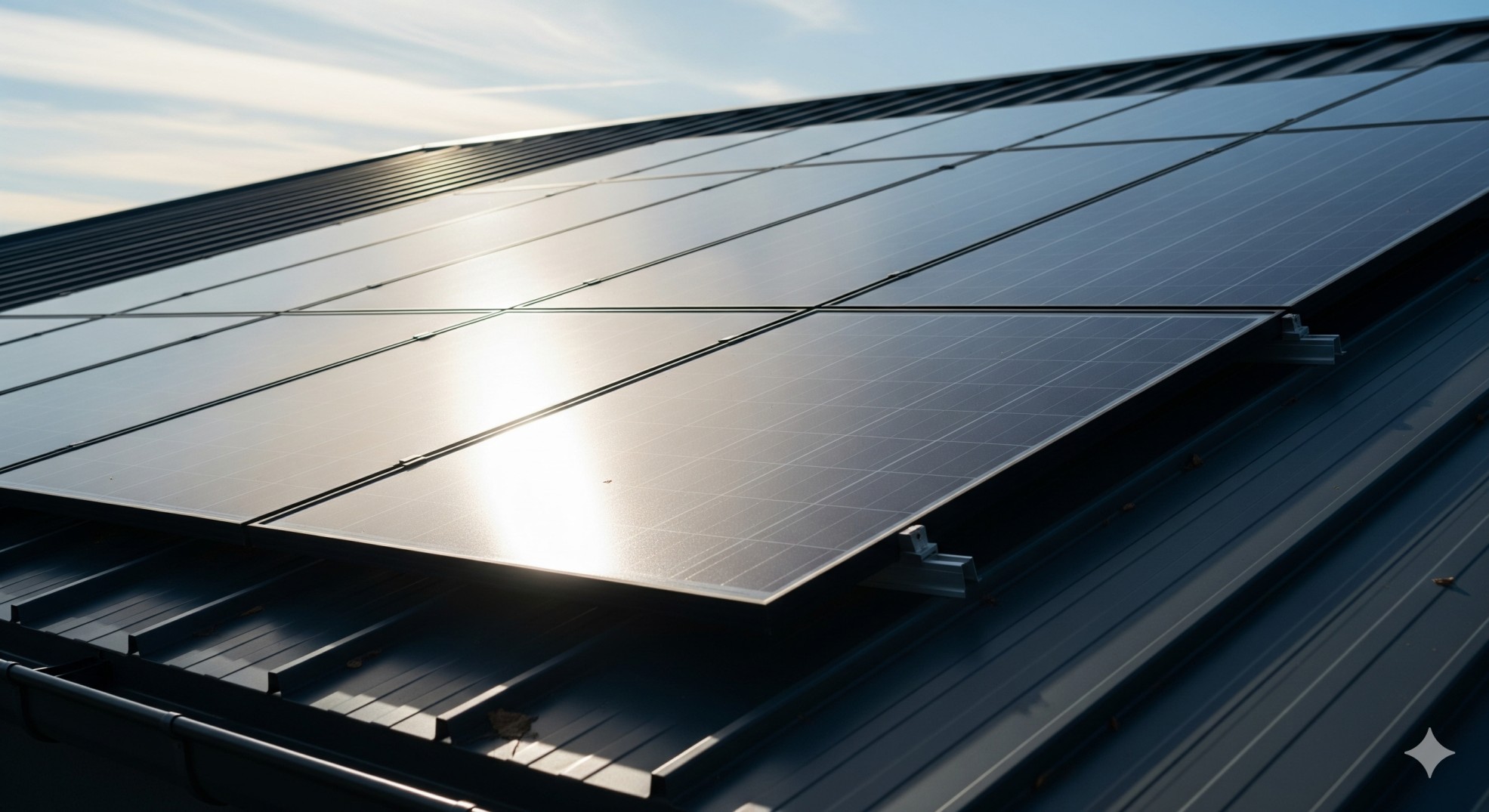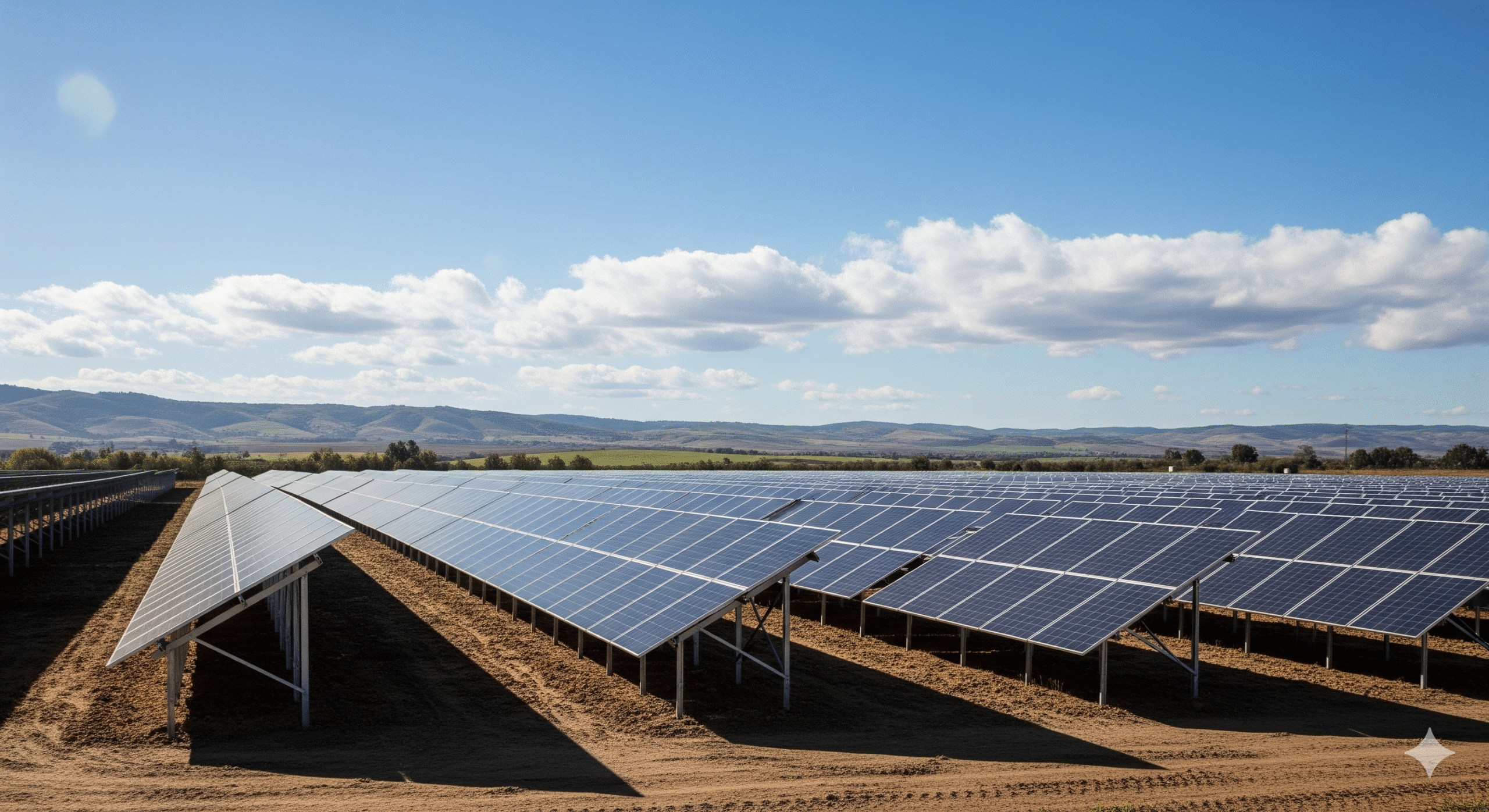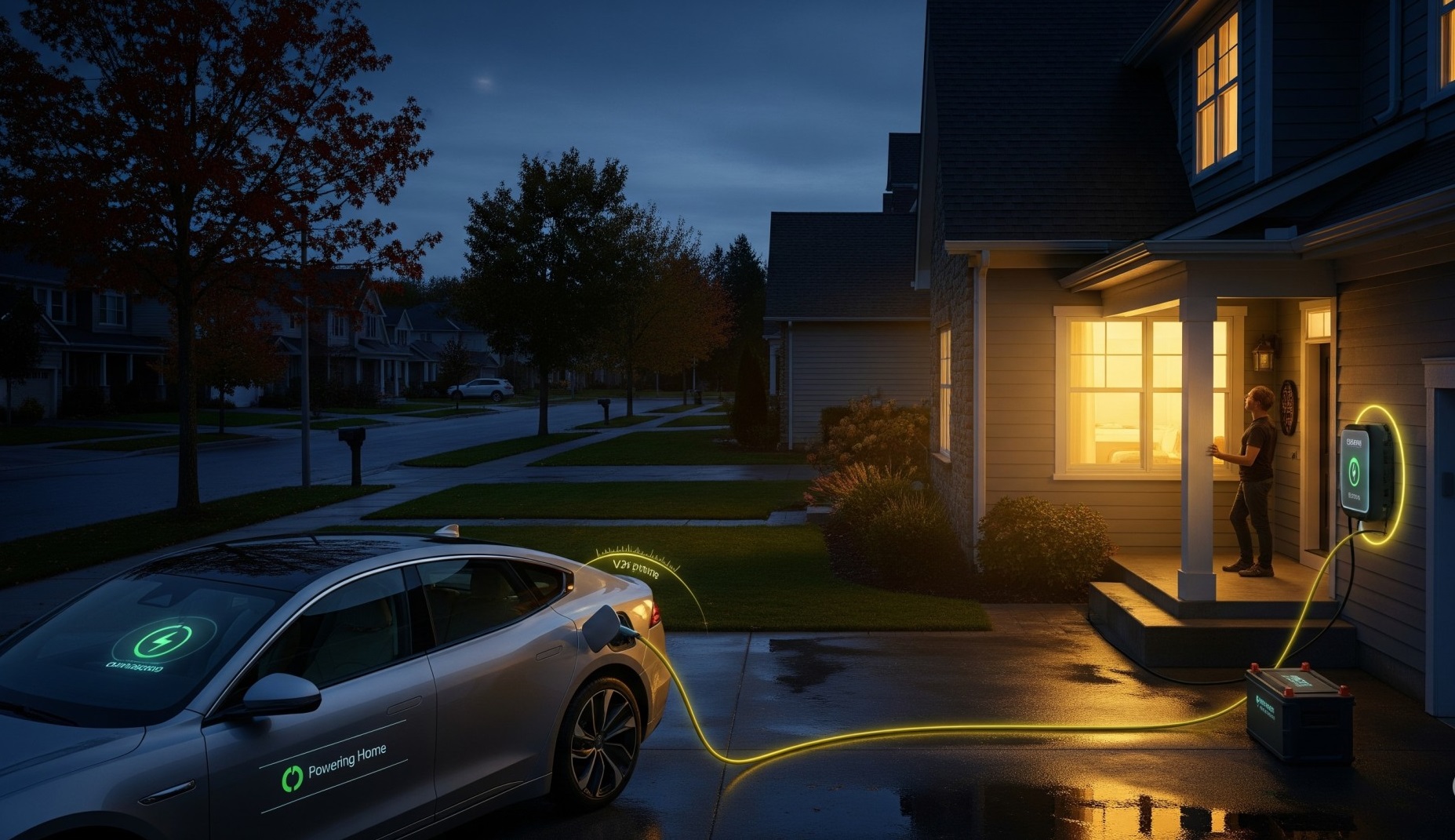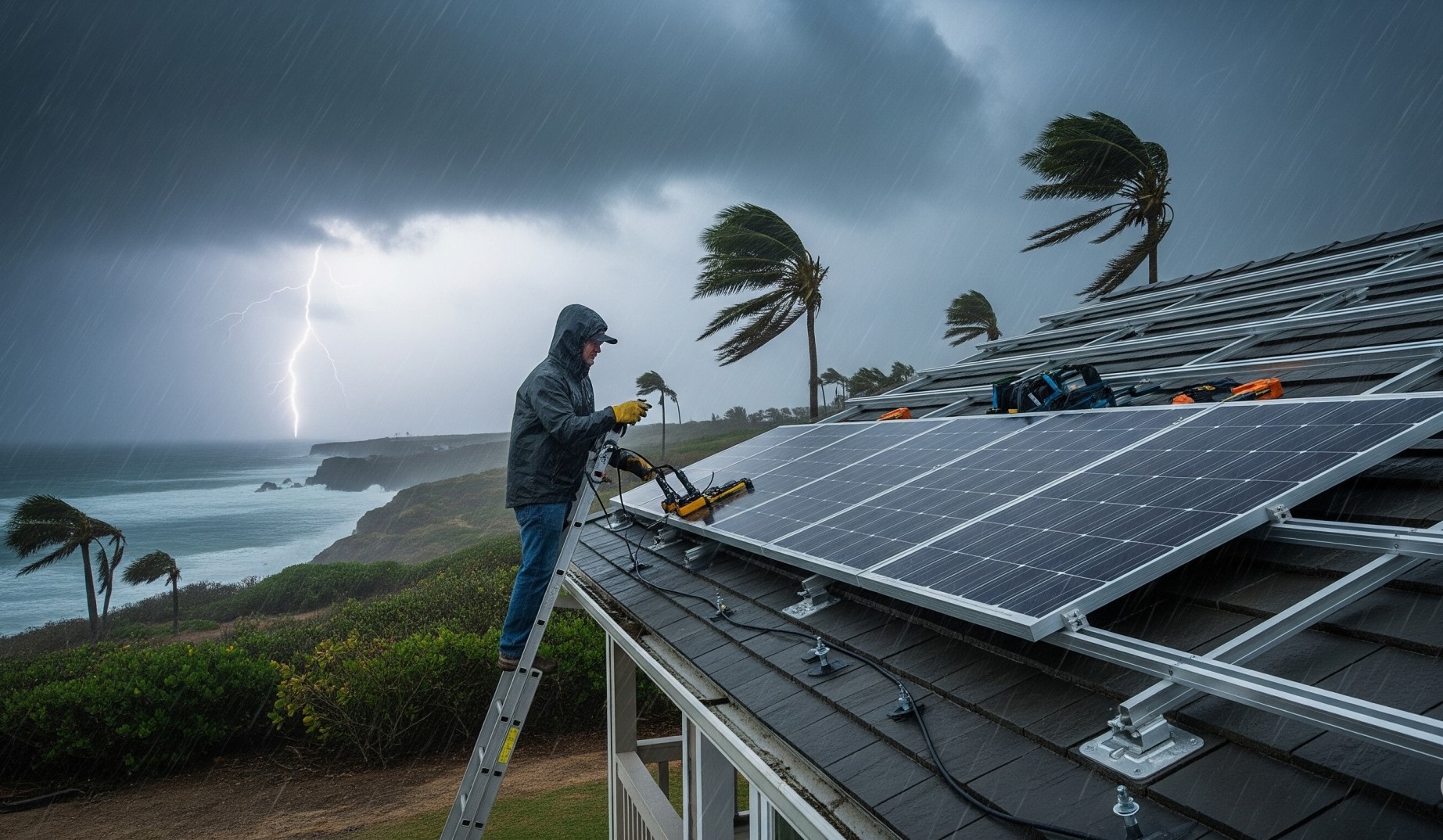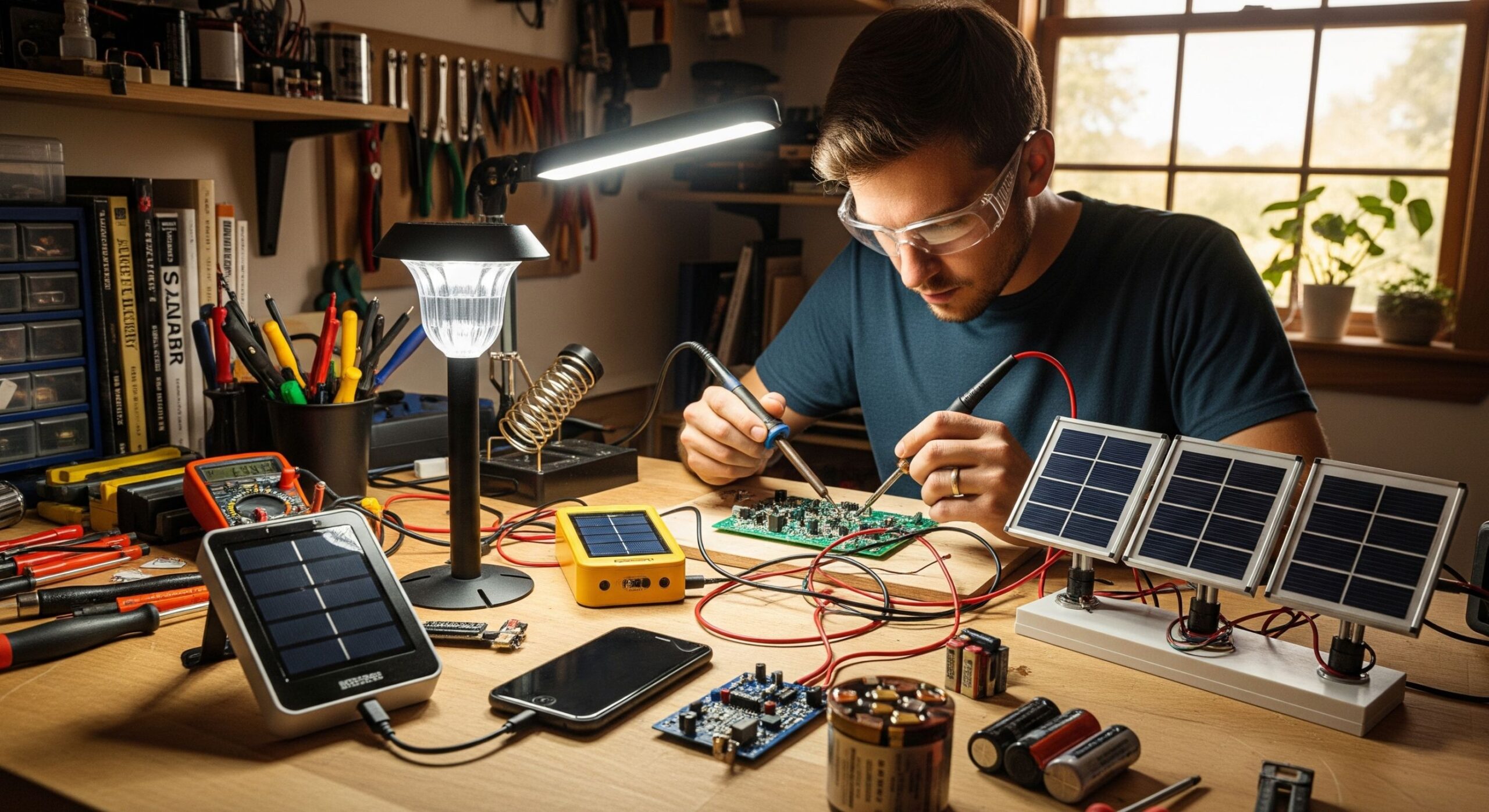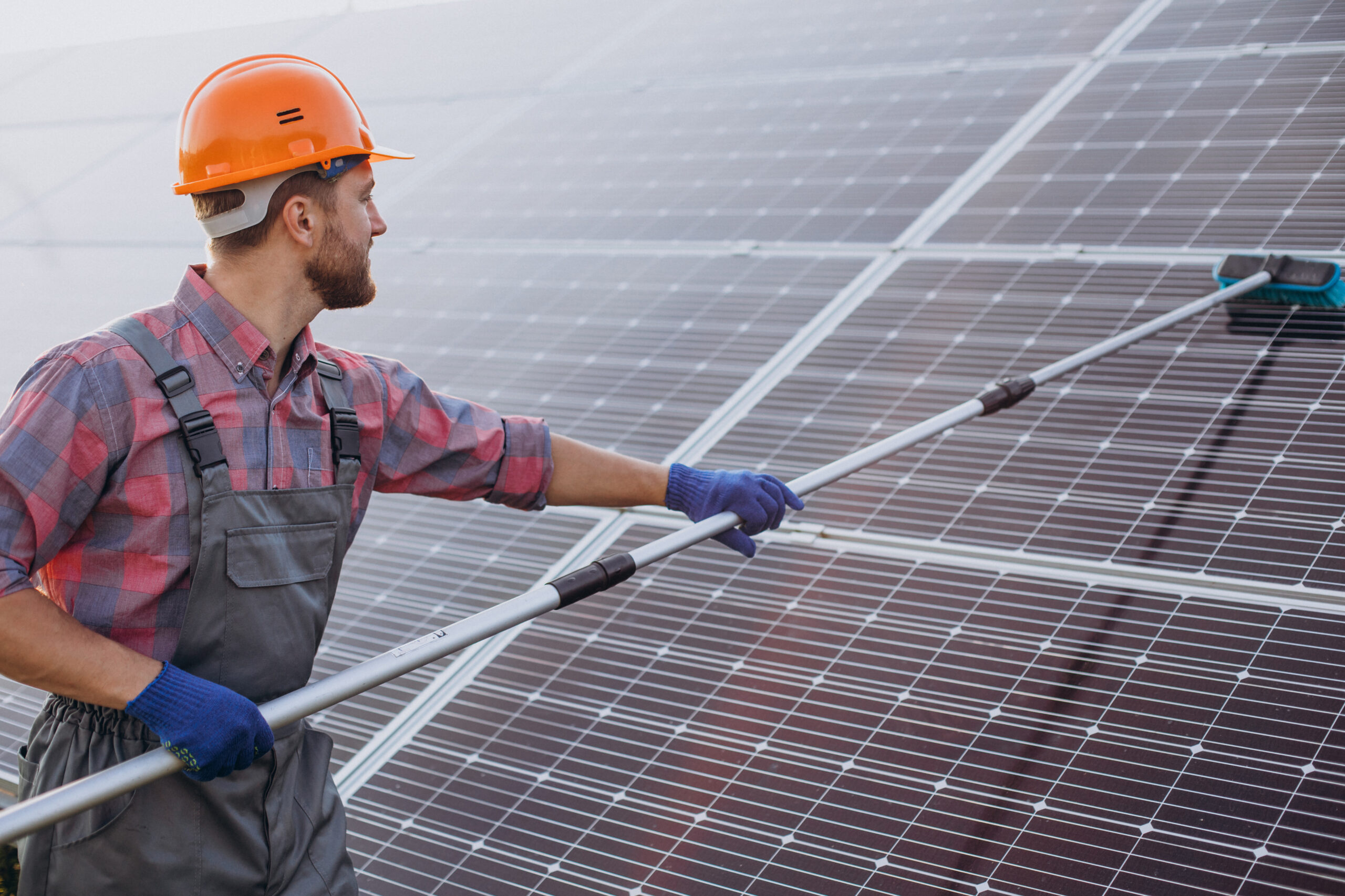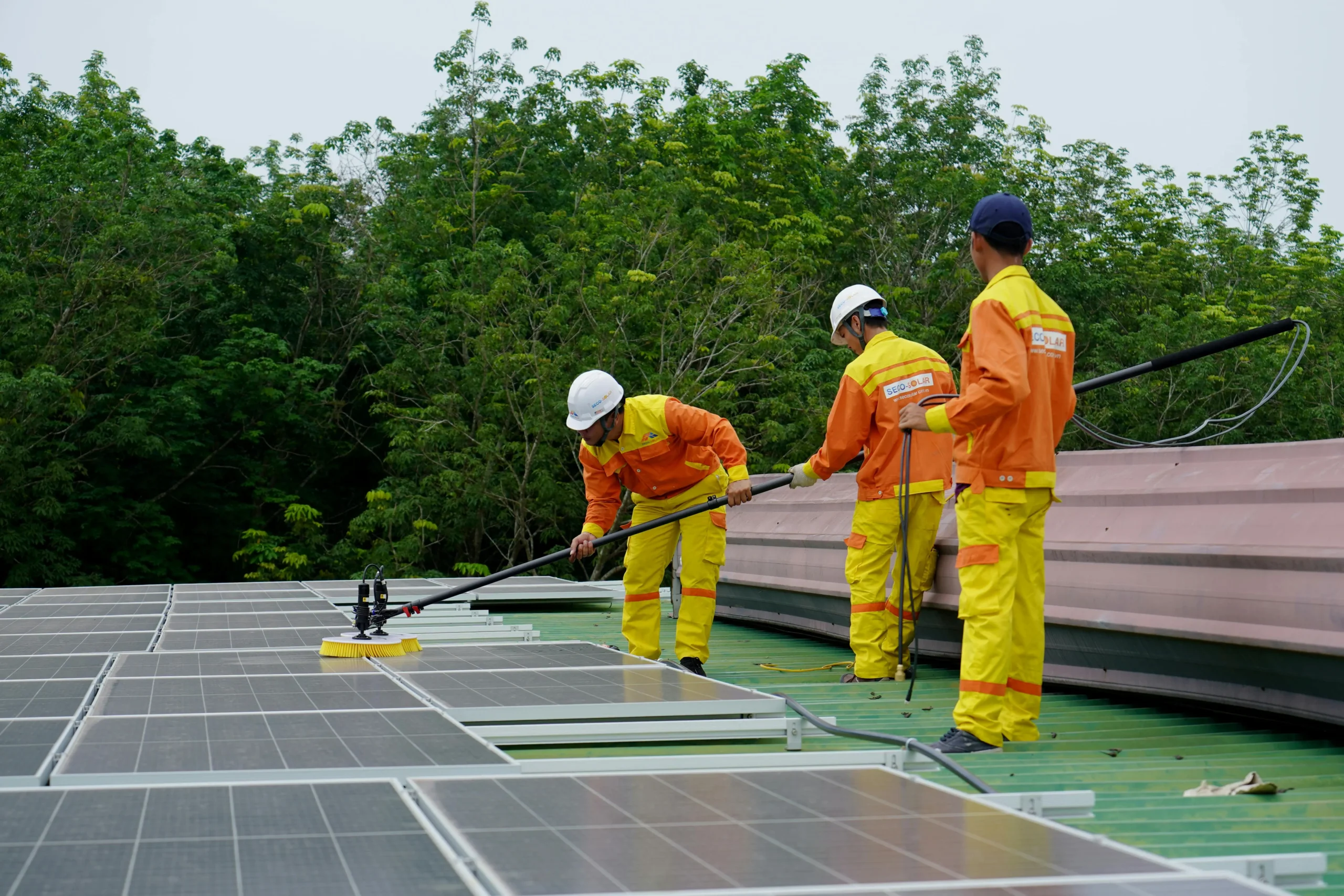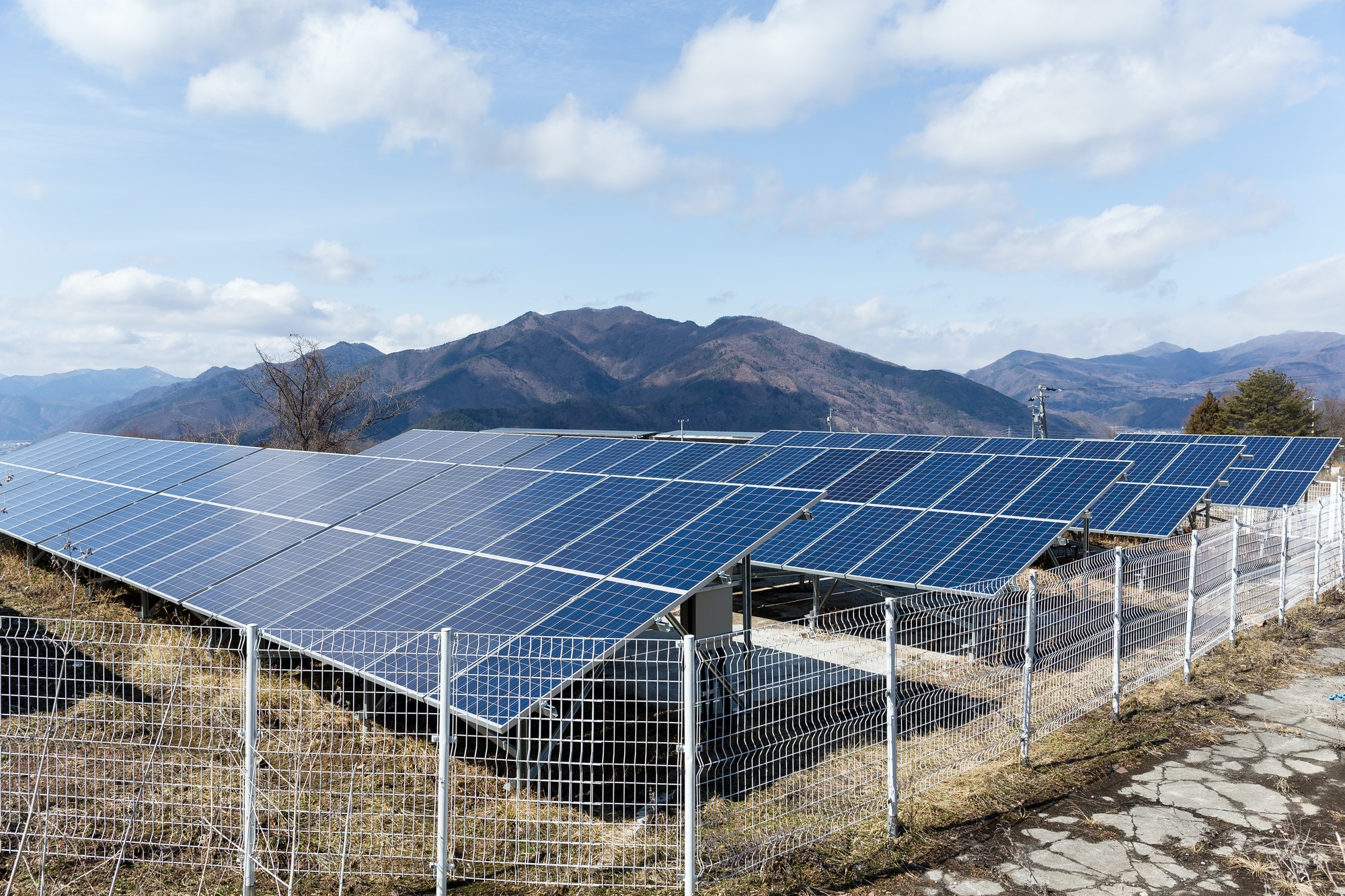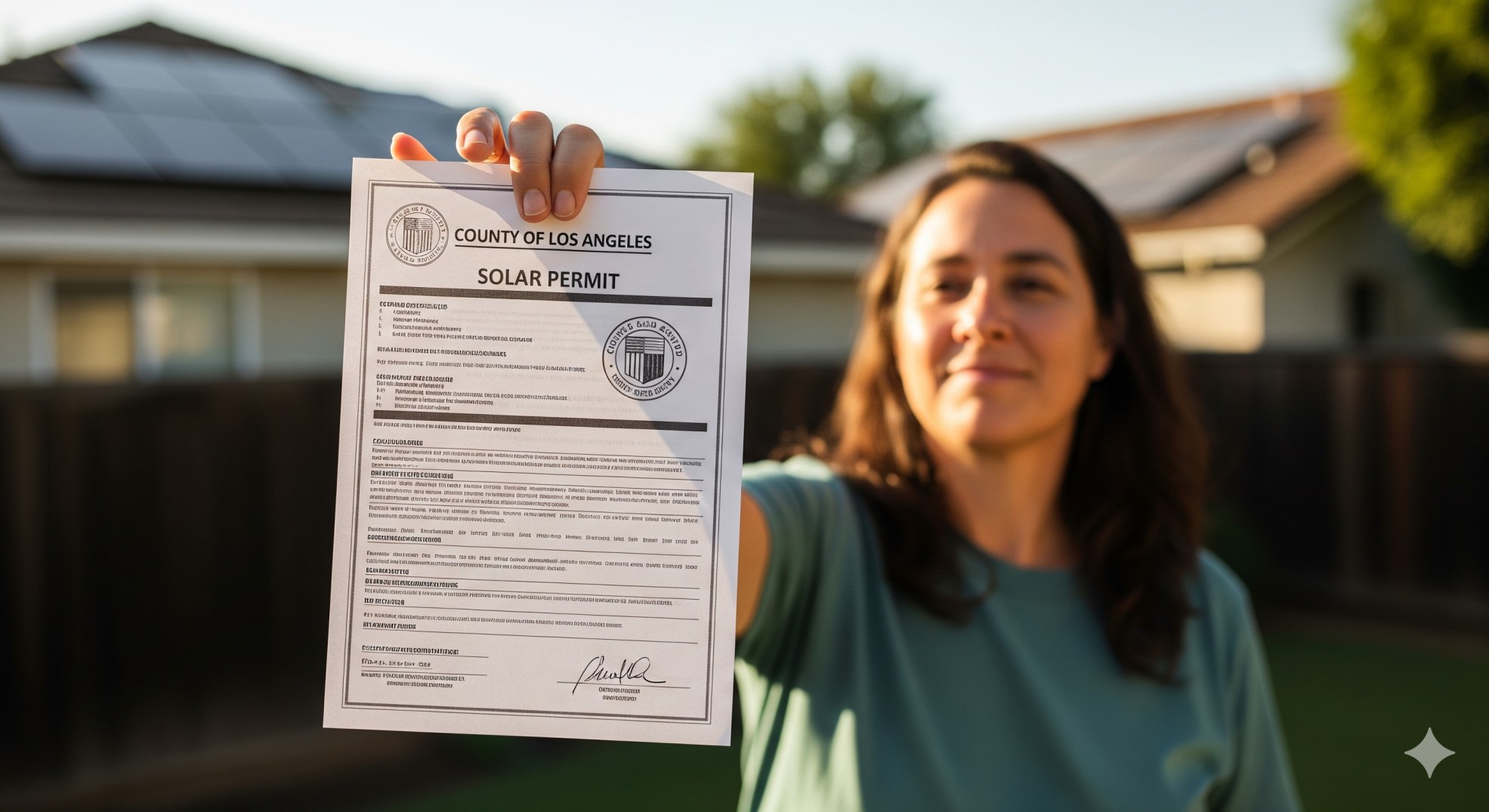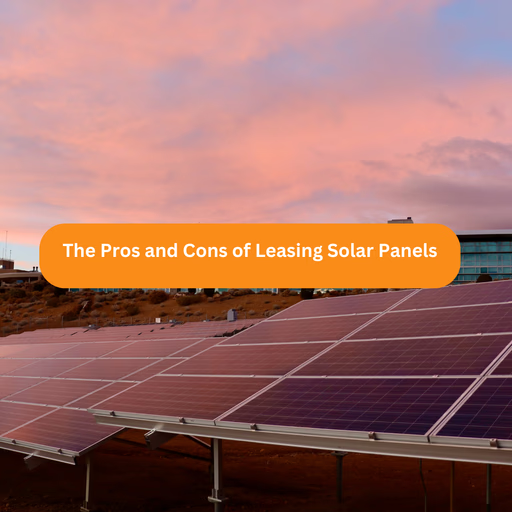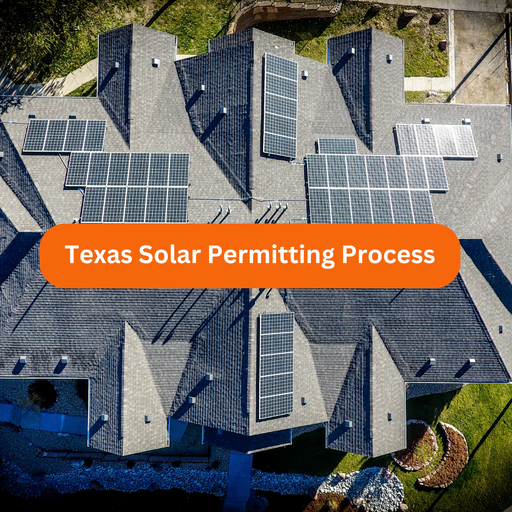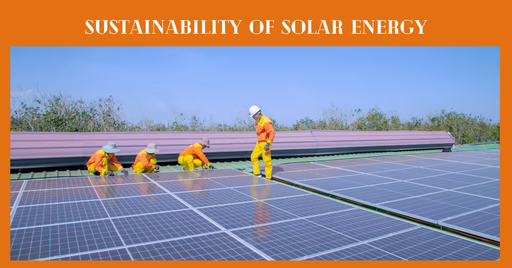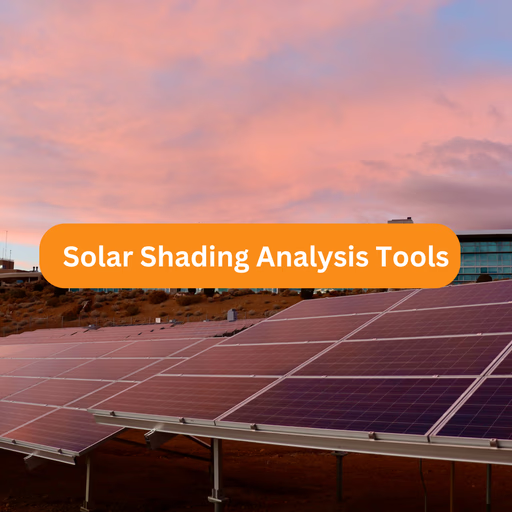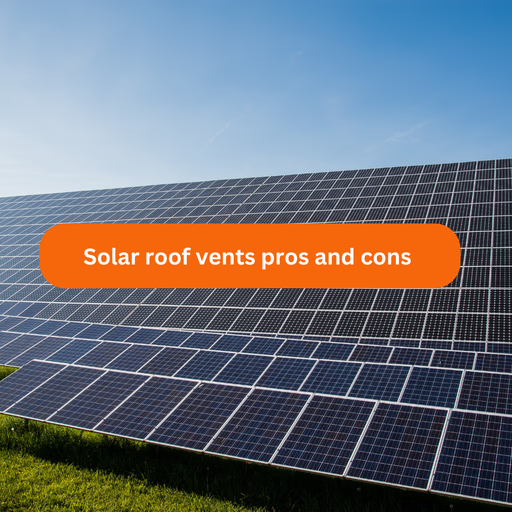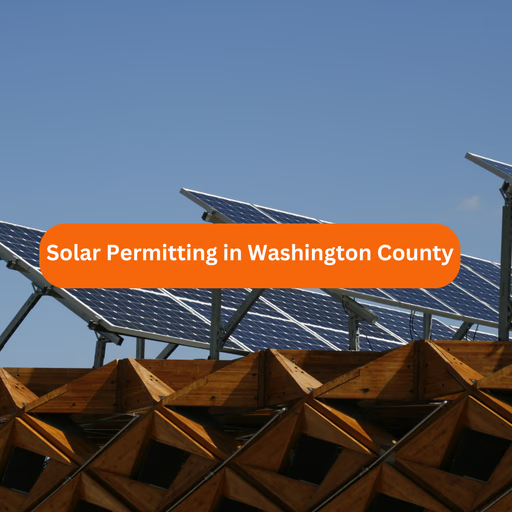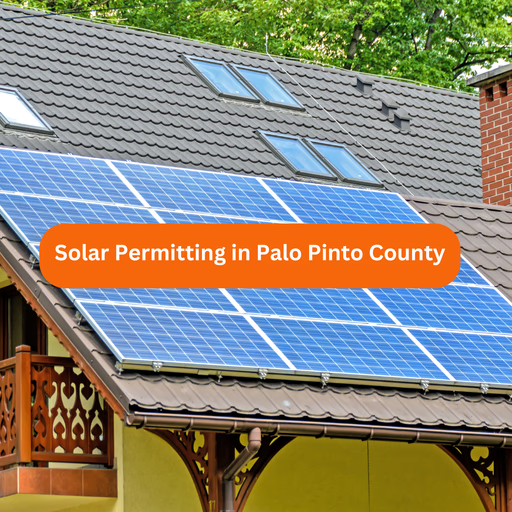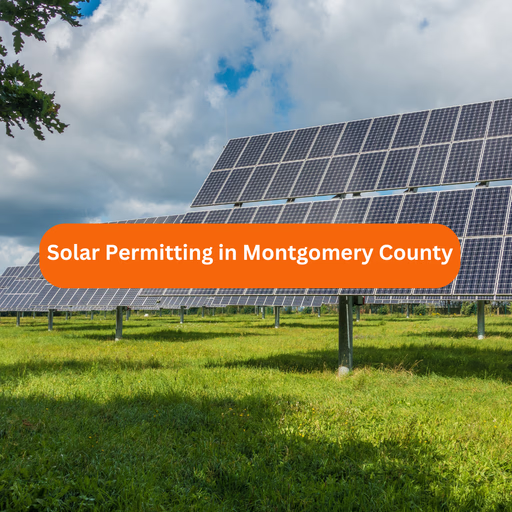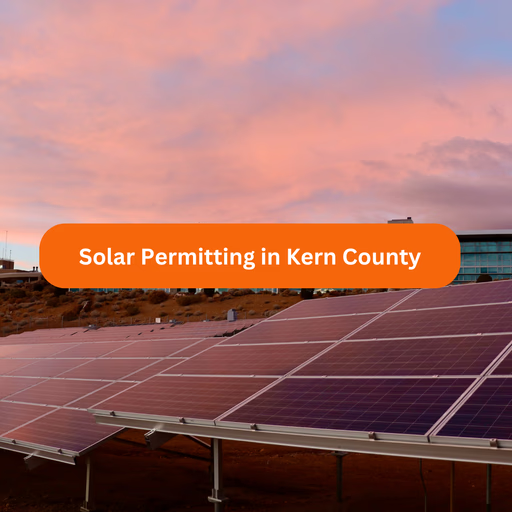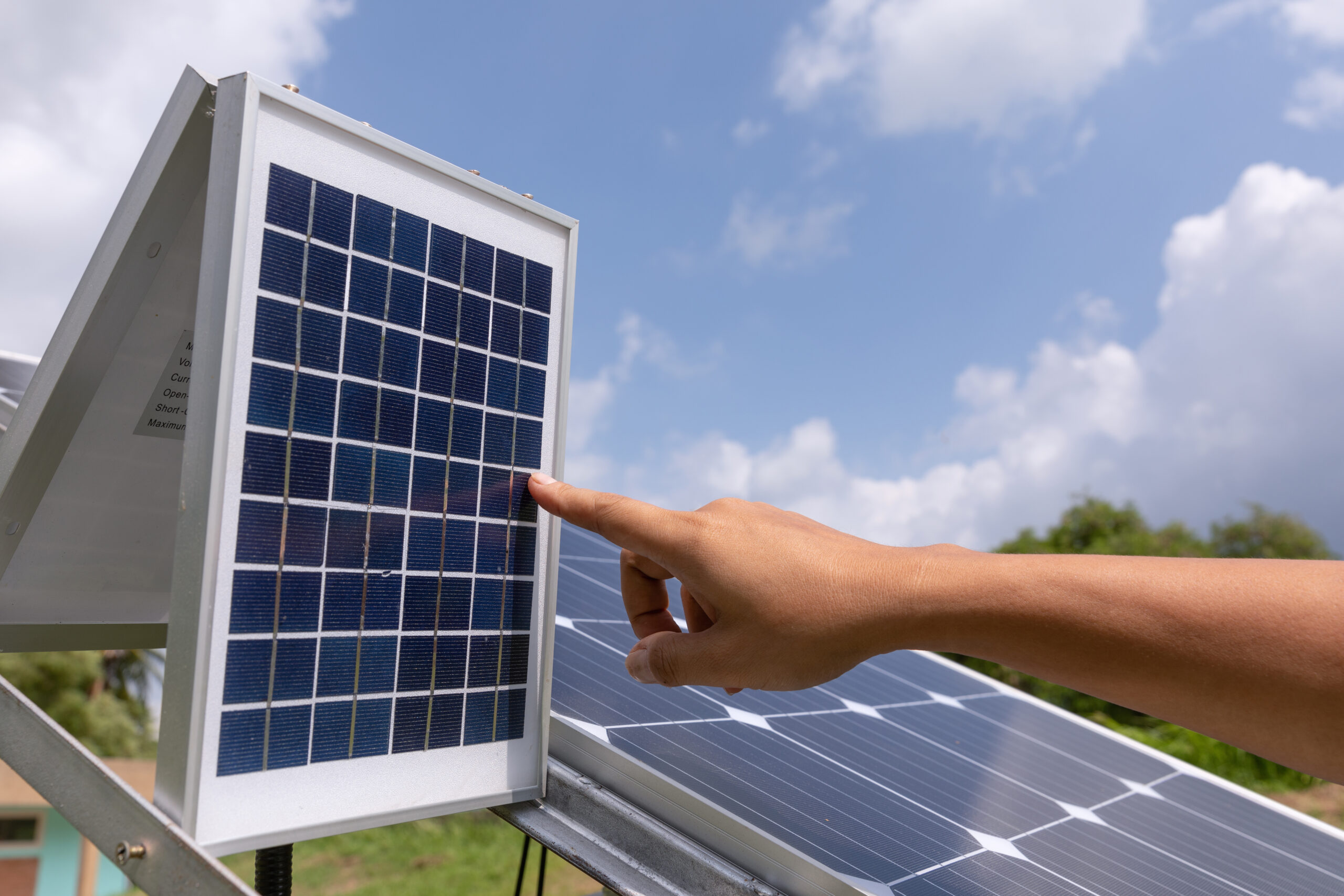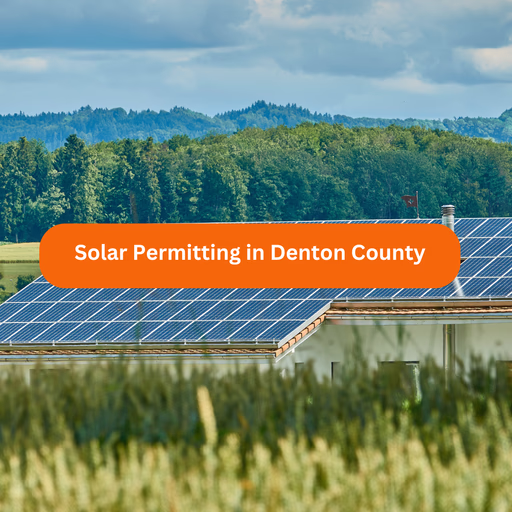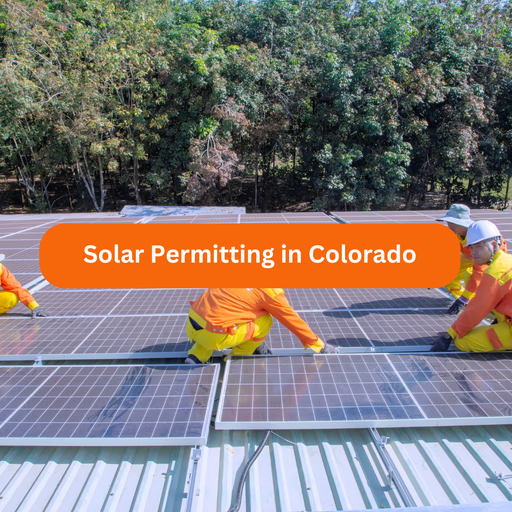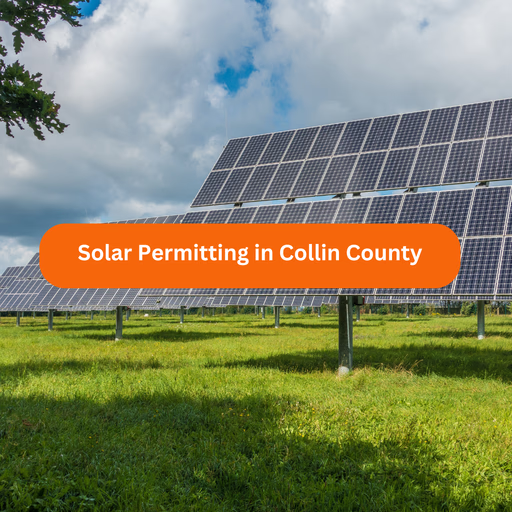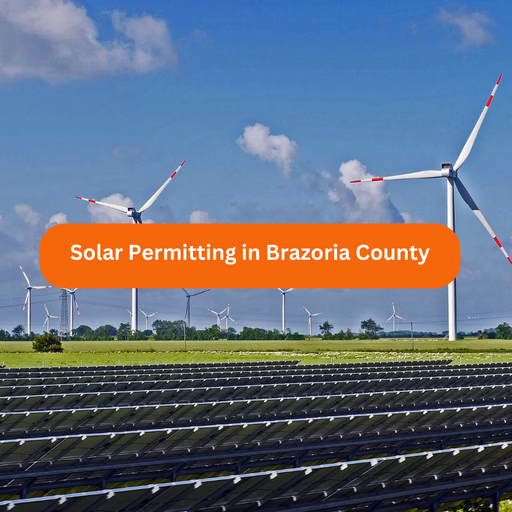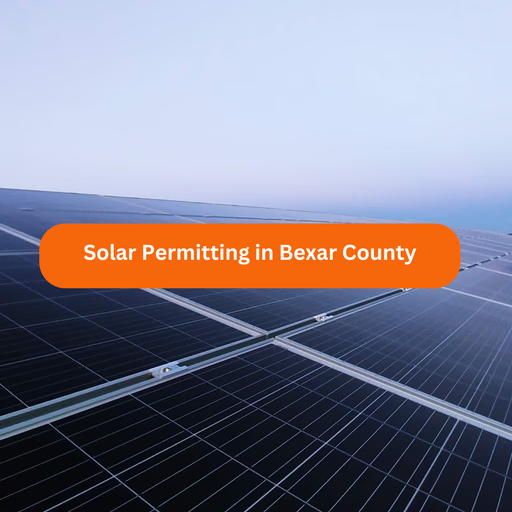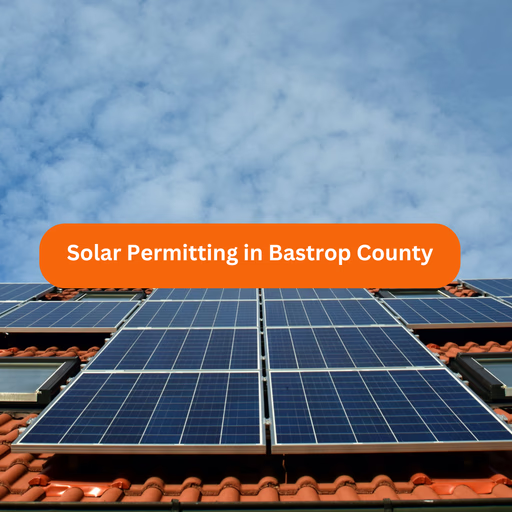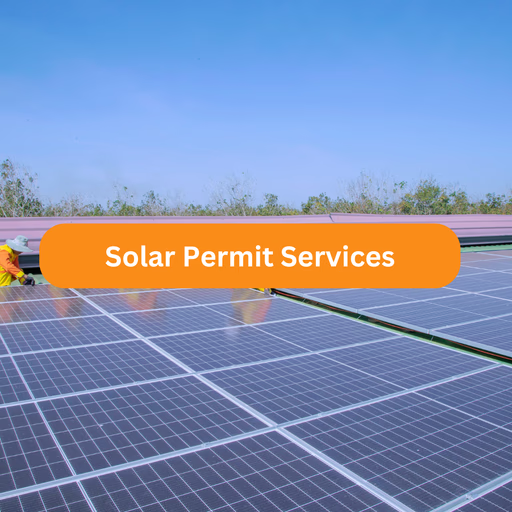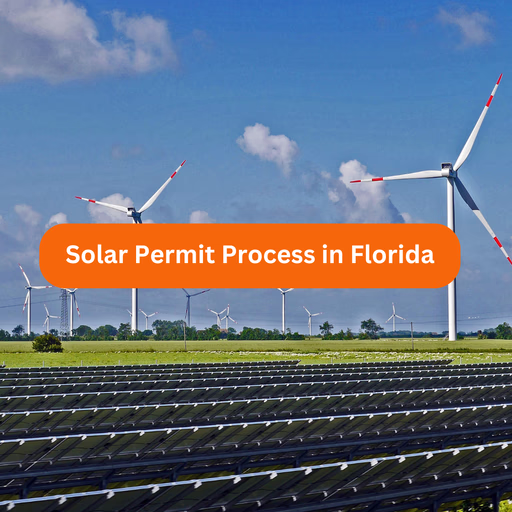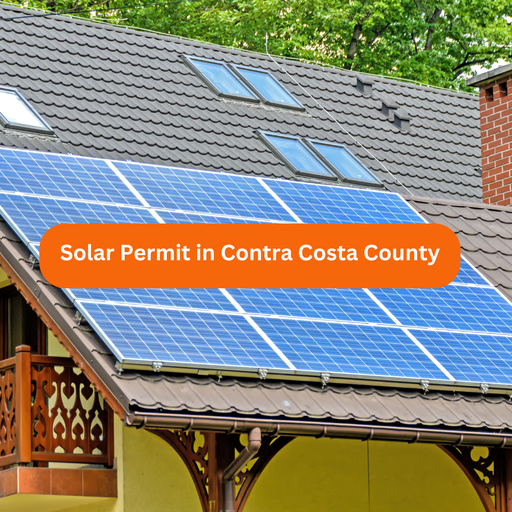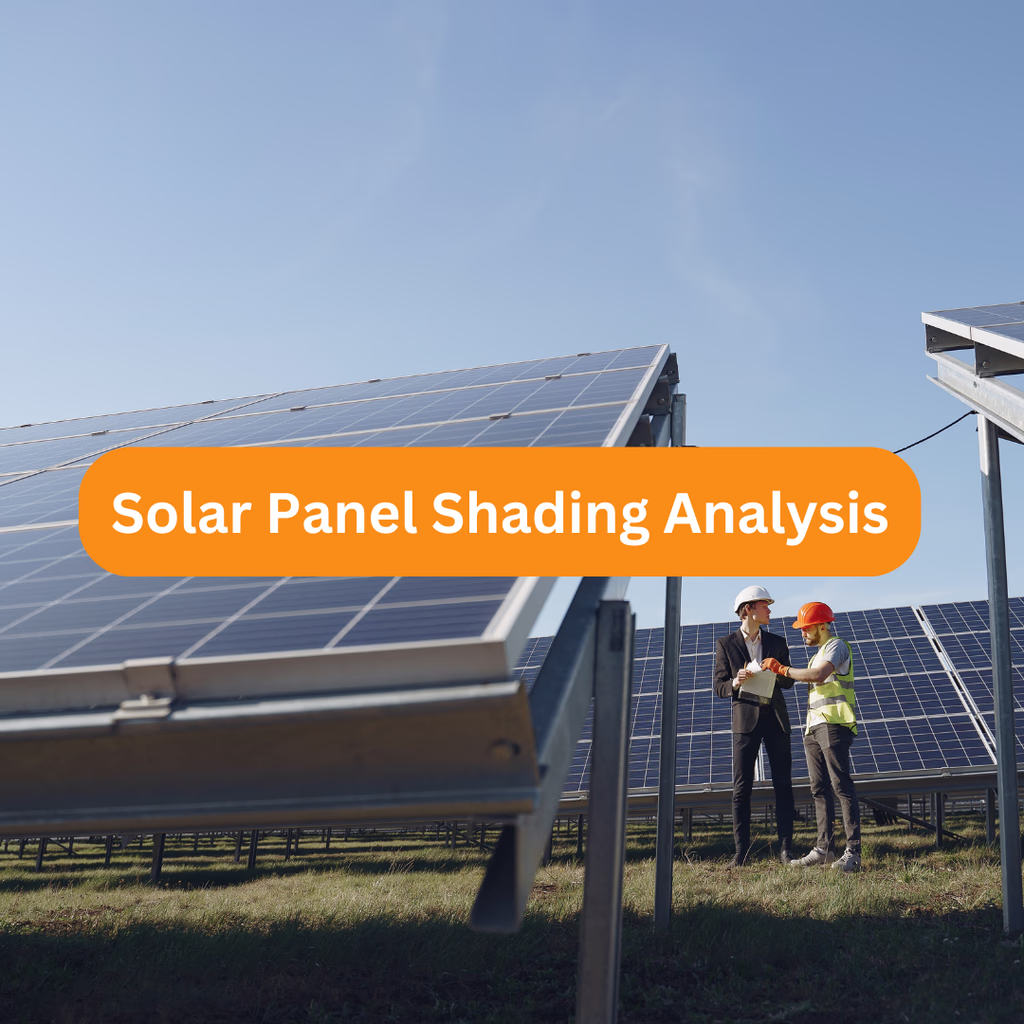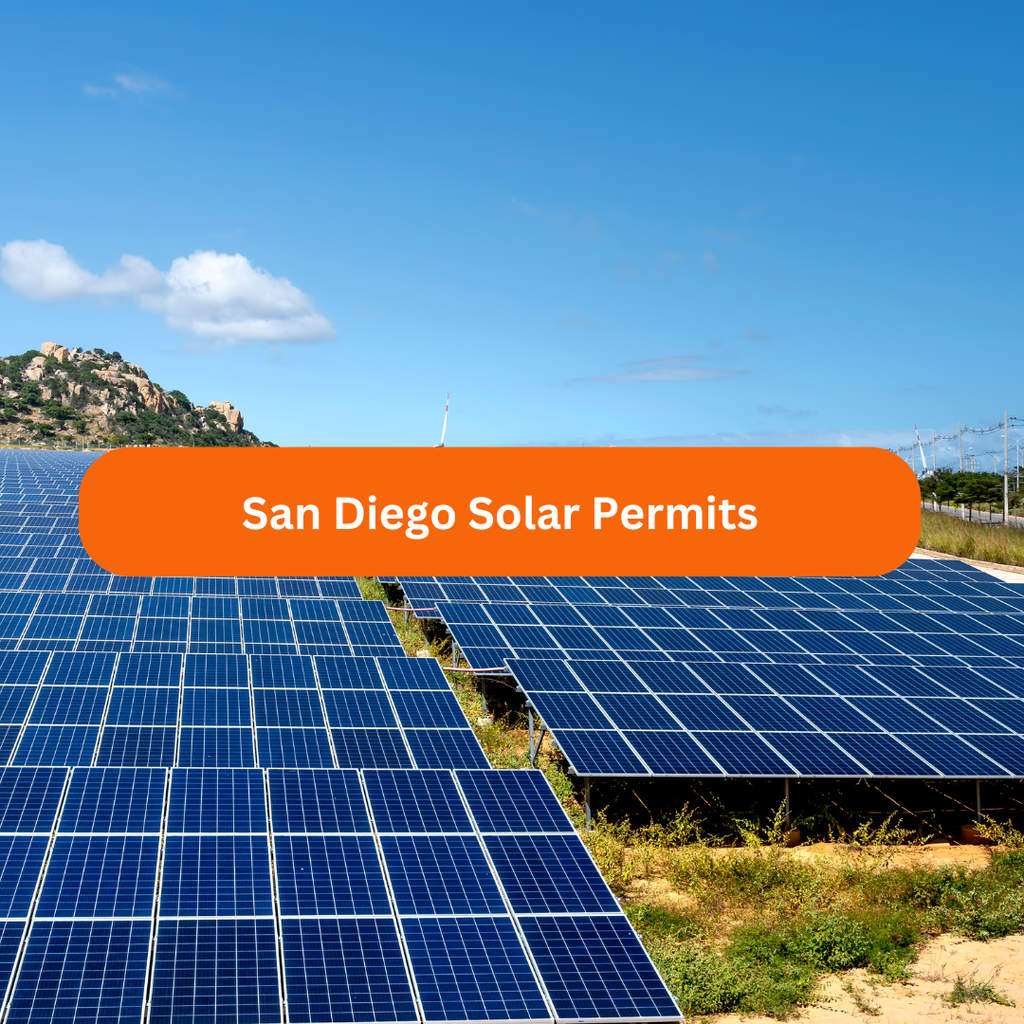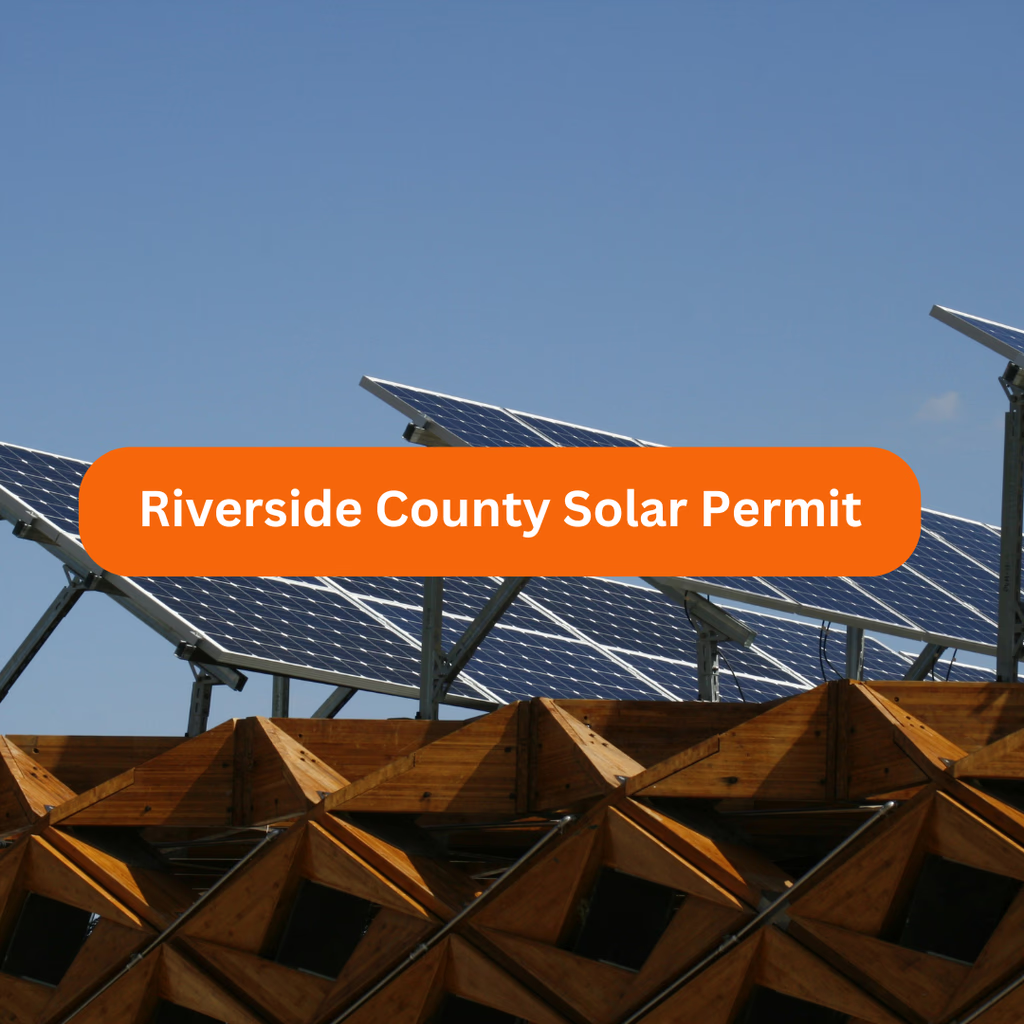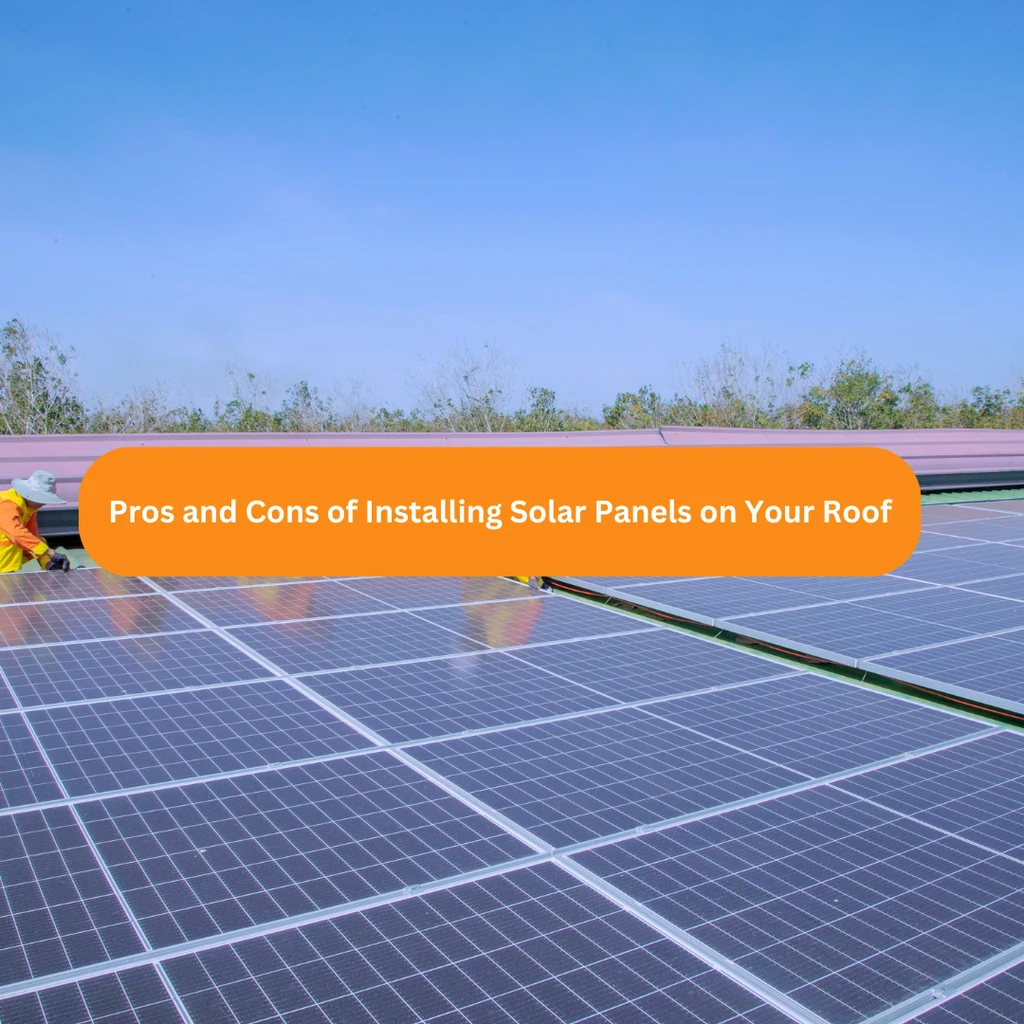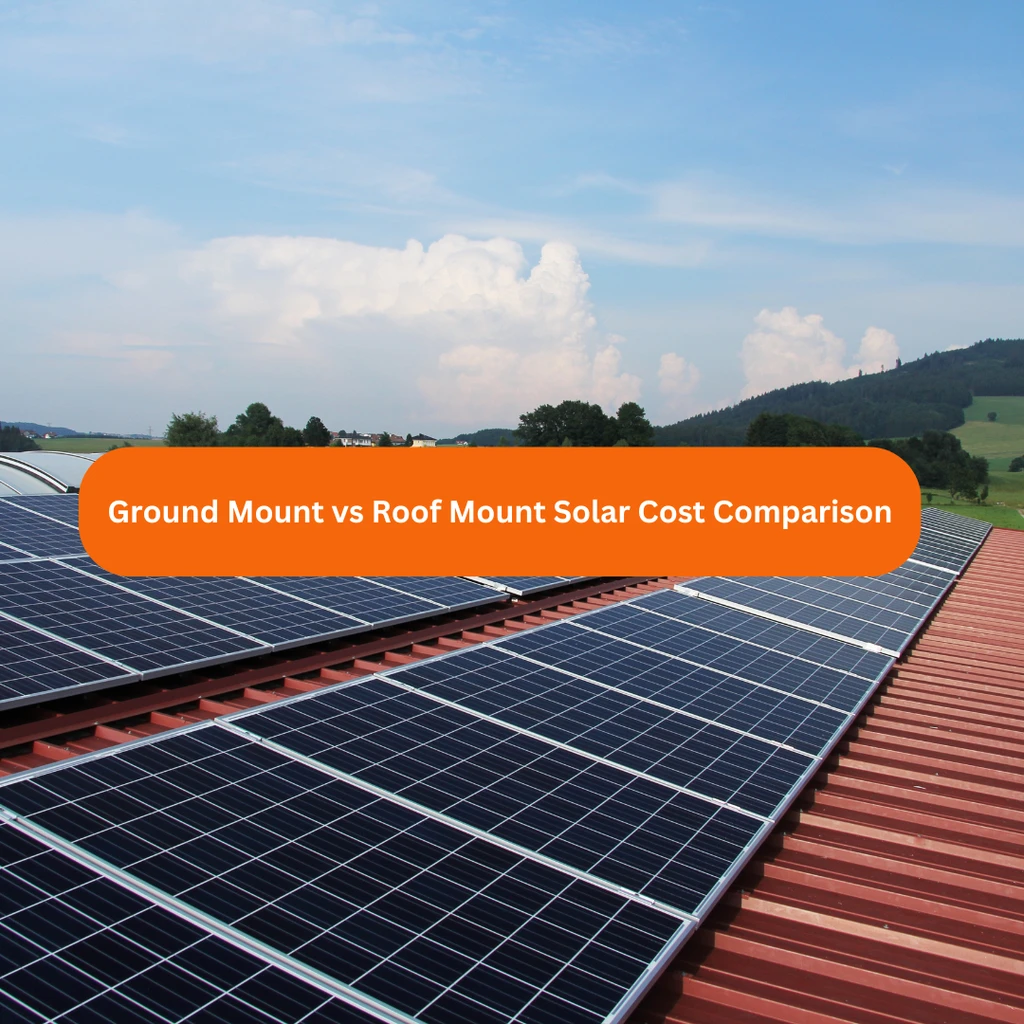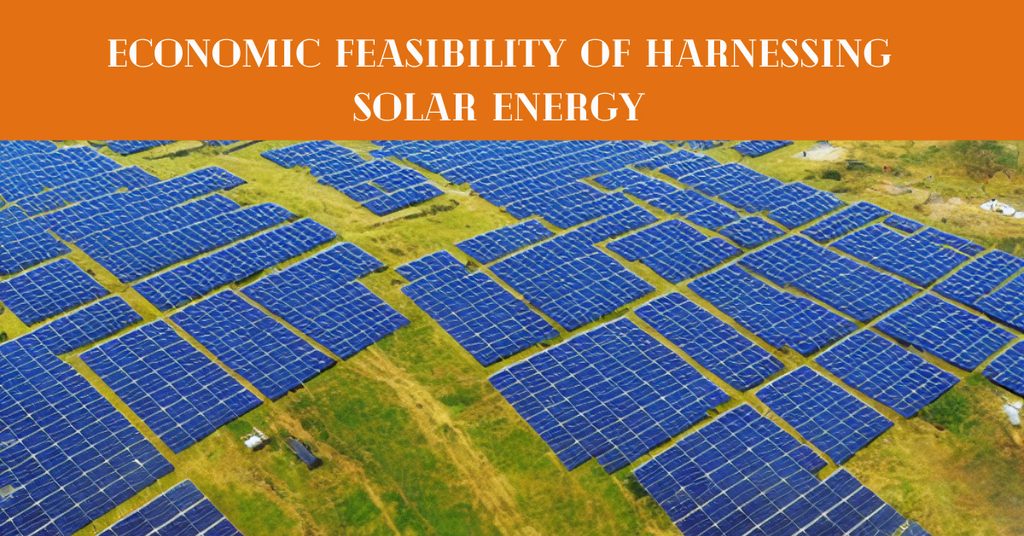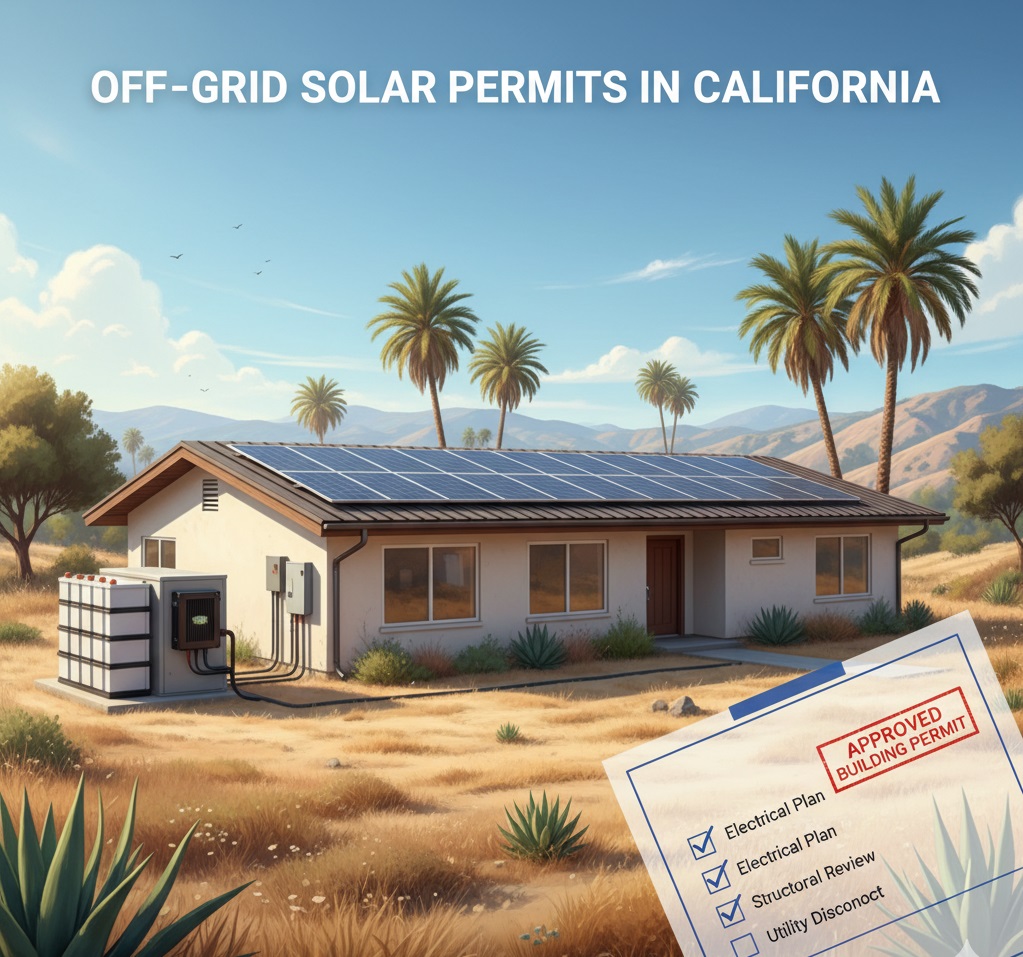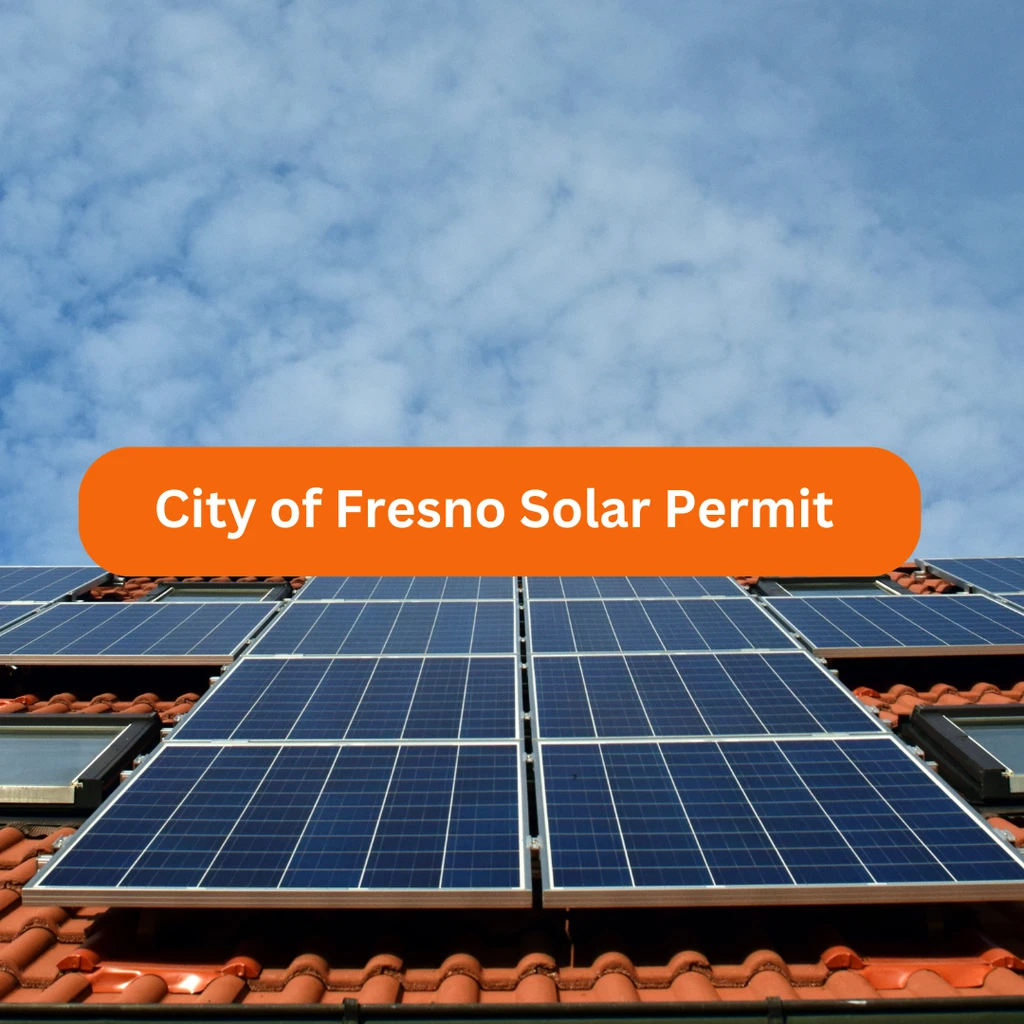Electric vehicles aren’t just changing how we drive—they’re also starting to change how we power our homes. Thanks to a new technology called the bidirectional EV charger, your car can do more than just get you around town. It can store energy, feed it back to your house, or even support the grid.
But how does all of this actually work? Let’s break it down in simple terms.
What Is a Bidirectional EV Charger?
A bidirectional EV charger is exactly what it sounds like: a charger that lets electricity flow in two directions. With a regular charger, power only moves one way—from the grid into your EV’s battery.
With a bi directional EV charger, energy can also flow back out of the car. That means your EV isn’t just a vehicle; it becomes a battery on wheels. Many people also call it a bidirectional charger or a v2g charger (short for “vehicle-to-grid”).
How Does Bidirectional EV Charging Work?
Think of it like a two-way street:
1. Charging the EV (normal use):
Just like a standard charger, it sends electricity from your home or the grid into your car’s battery.
2. Releasing energy (reverse mode):
When you need it, the charger can flip the flow and push power back out of the battery. That electricity can run your home, power devices, or even be shared with the grid.
The key piece of technology here is the inverter, which converts the DC power stored in your EV into AC power—the type your house and the grid run on.
Ways You Can Use It
Bidirectional charging opens up a few powerful options:
- Vehicle-to-Home (V2H):
Use your EV as a backup battery during blackouts. Imagine your fridge, lights, and Wi-Fi staying on when the neighborhood goes dark.
- Vehicle-to-Grid (V2G):
With a v2g charger, your EV can supply power back to the grid when demand is high. Some utilities even offer credits or payments for this.
- Vehicle-to-Load (V2L):
Plug in appliances, tools, or camping gear directly into the car. Perfect for outdoor adventures or job sites.
Why Would You Want a Bidirectional Charger?
- Emergency Power – Keep your essentials running during an outage.
- Lower Bills – Charge your EV when electricity is cheap, then use that energy during peak times.
- Grid Support – Help stabilize the power system by sharing stored energy.
- Sustainability – Combine solar panels with a bi directional EV charger, and you’ve got a powerful green energy setup.
The Future of EV Charging
The rise of bidirectional EV chargers could change how we think about energy. Instead of just driving cars, EV owners could become part of a smarter energy system—balancing supply and demand, reducing outages, and lowering bills.
It’s not just about charging your EV anymore. It’s about using your EV as a powerful energy tool.
Final Thoughts
A bidirectional EV charger turns your EV into more than just a ride—it transforms it into a mobile power station. Whether you call it a bi directional EV charger, a bidirectional charger, or a v2g charger, the technology is opening up exciting new possibilities for drivers and homeowners alike.
If you’re considering one, think about your goals: Do you want backup power for emergencies? Lower bills? A greener home? With bidirectional EV charging, you can have all three.
Common Questions People Ask
Q: Do all EVs support this feature?
Not yet. Only certain models are compatible today, but the list is growing fast.
Q: How expensive is a bidirectional EV charger?
They currently cost more than standard chargers, but prices are expected to drop as the tech becomes mainstream.
Q: Can my EV really power my whole house?
It depends on your battery size and how much energy your home uses. Many EVs can keep essentials running for hours or even days.
Q: Is V2G available everywhere?
Not yet—bidirectional EV charging depends on whether your local utility supports it.

